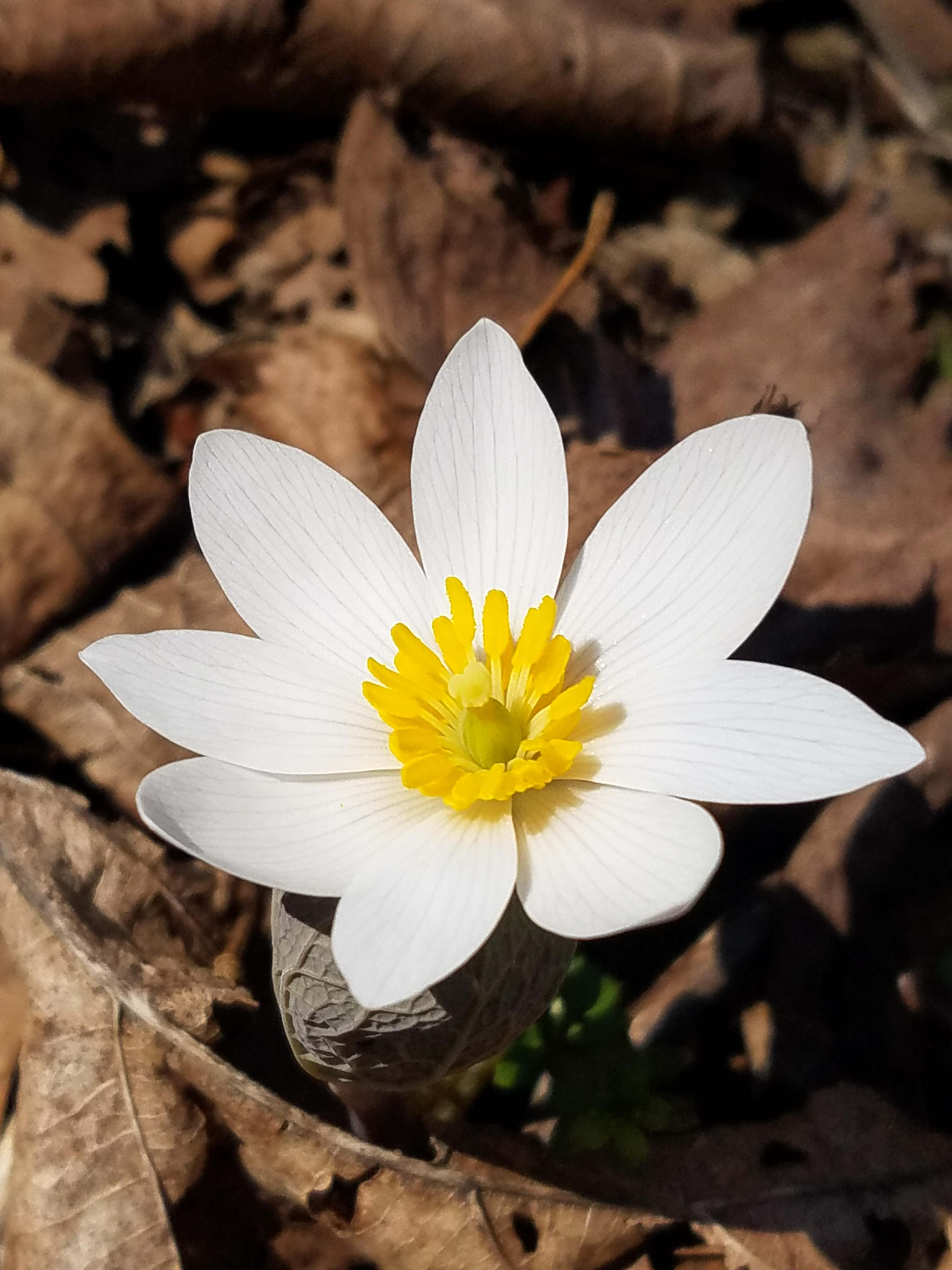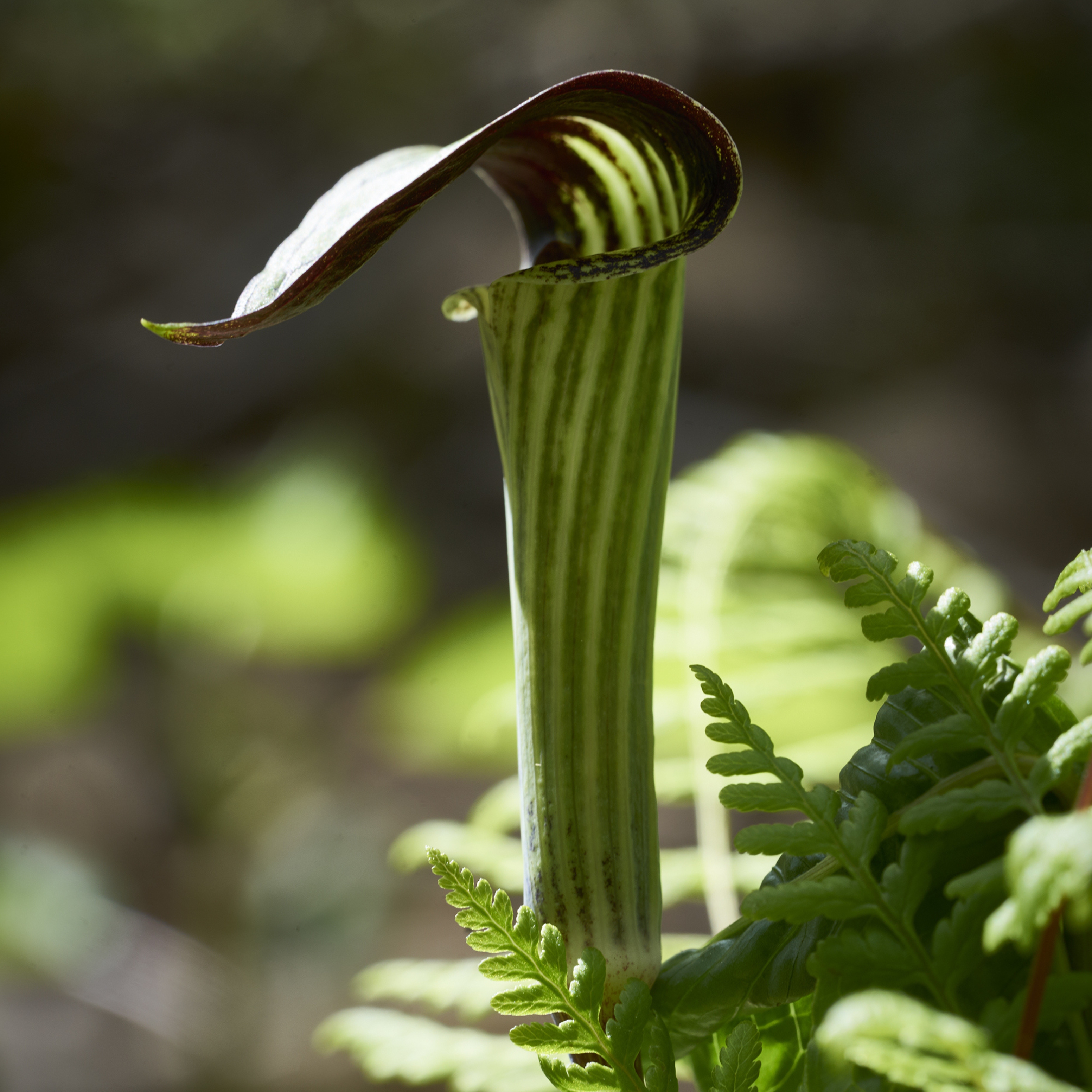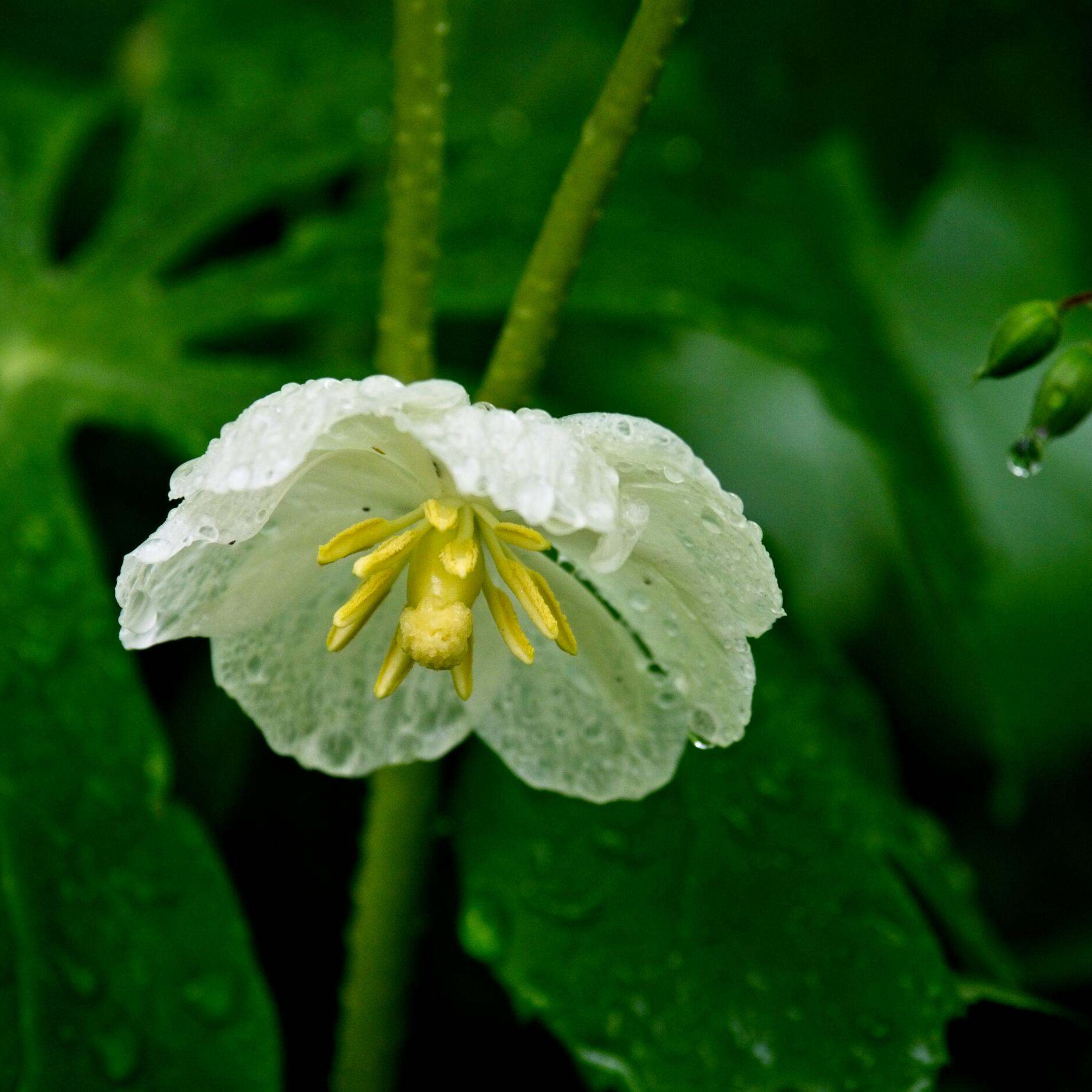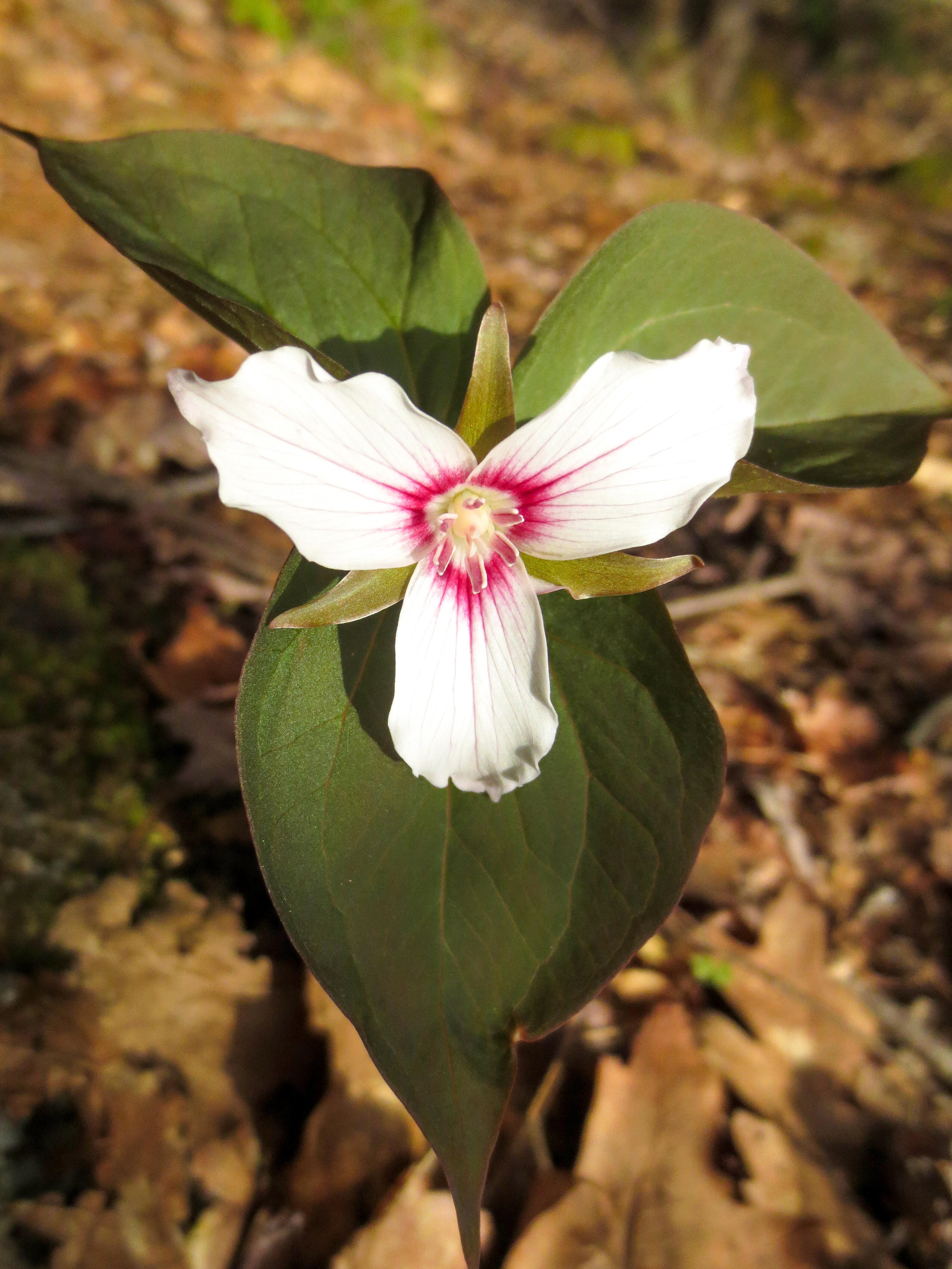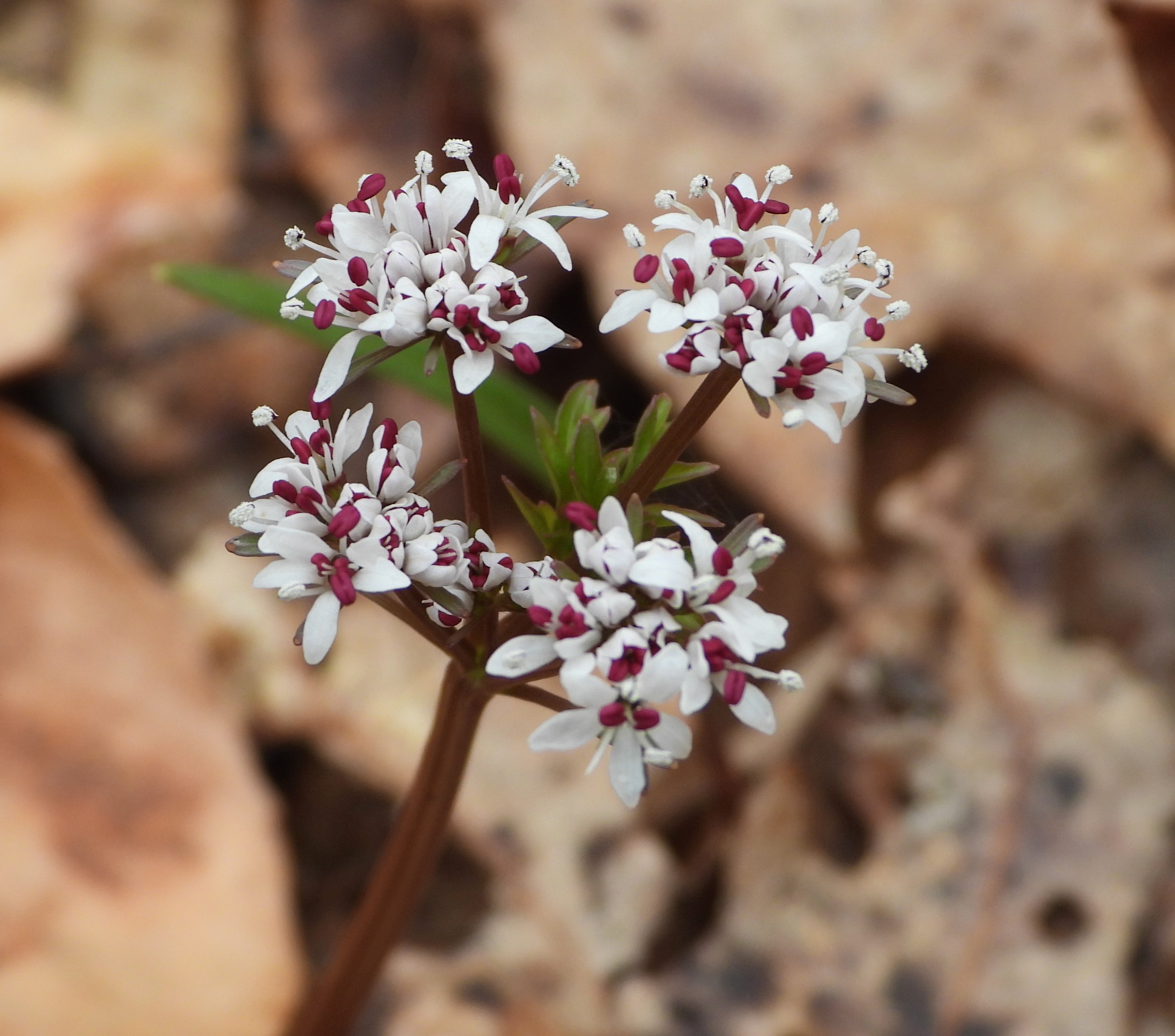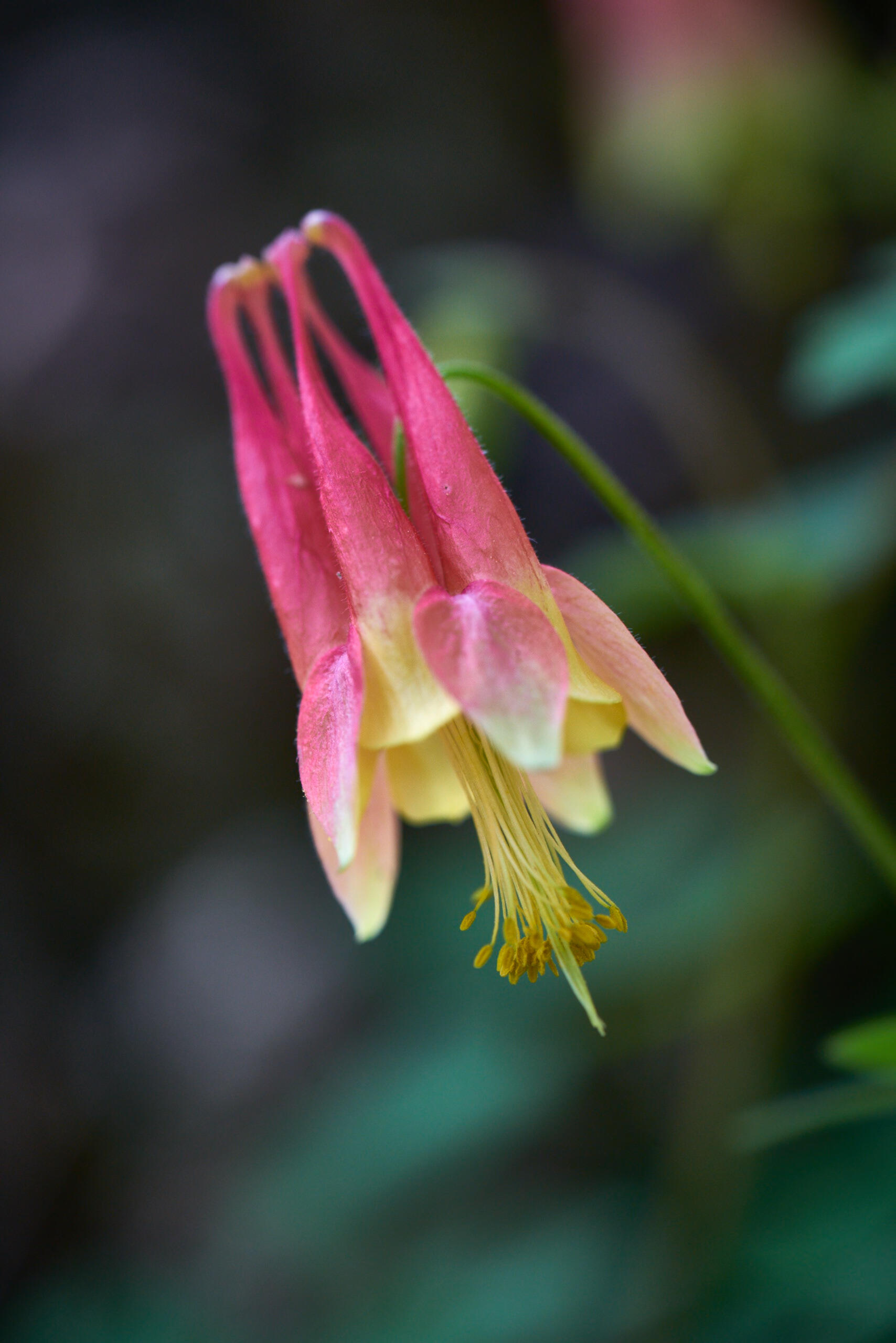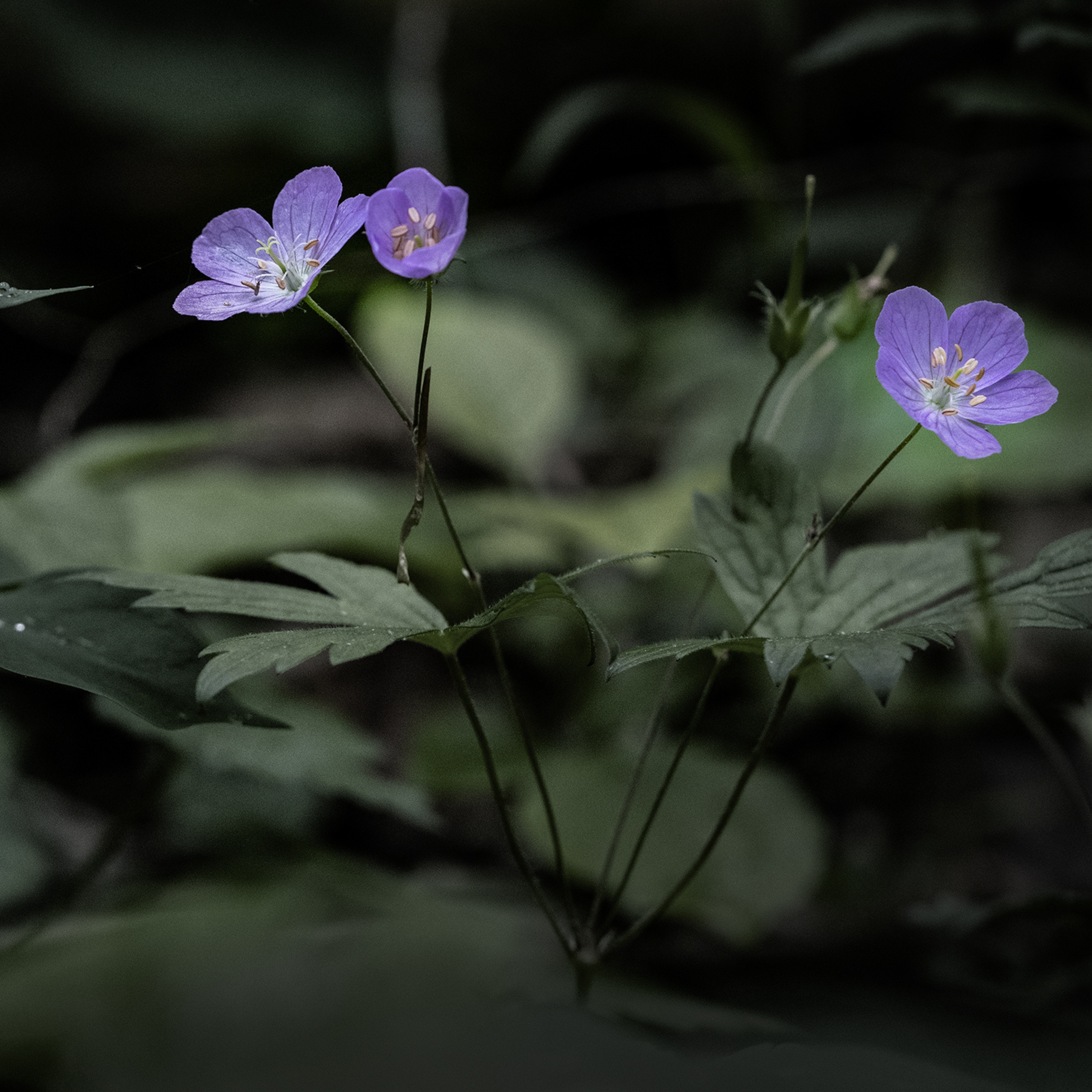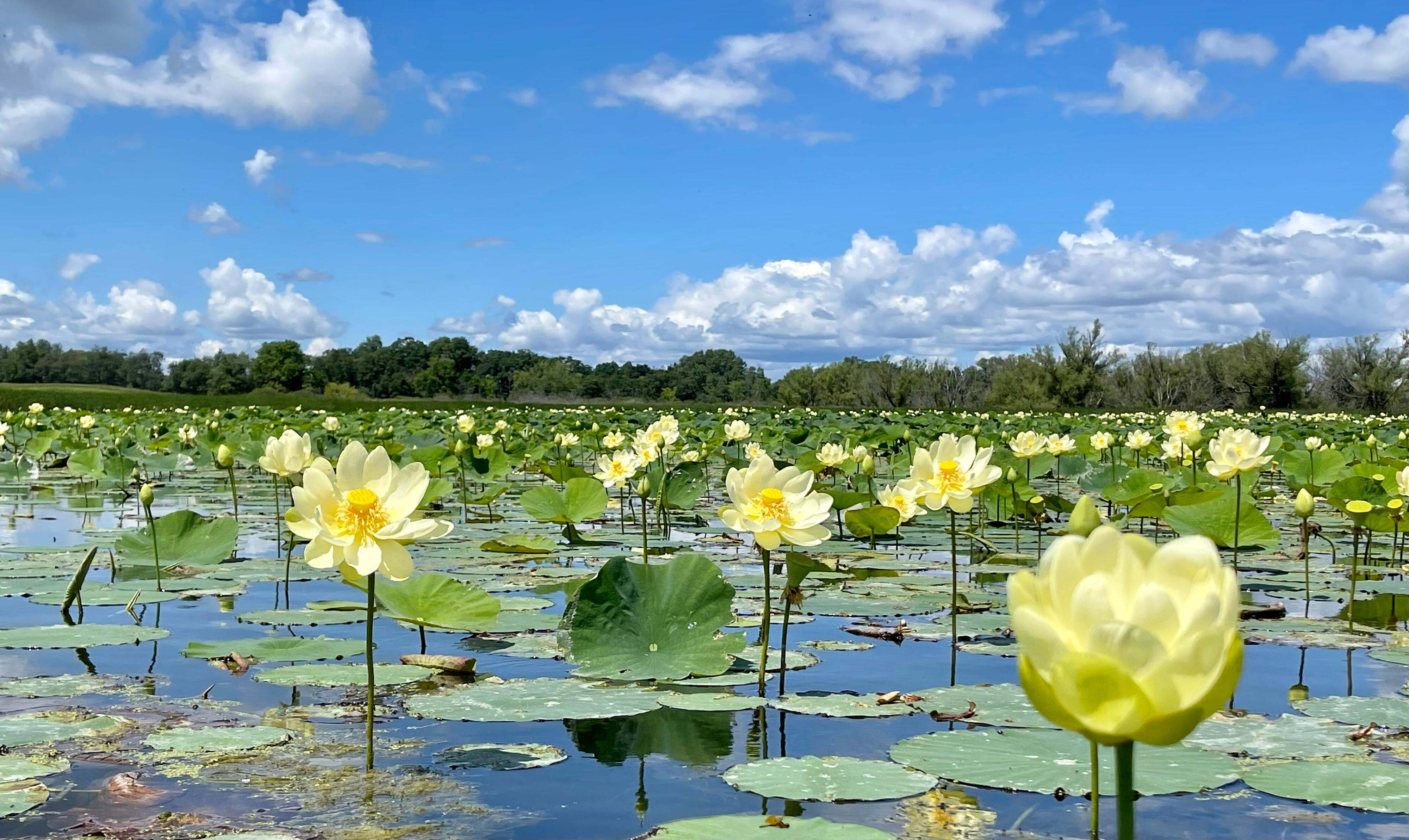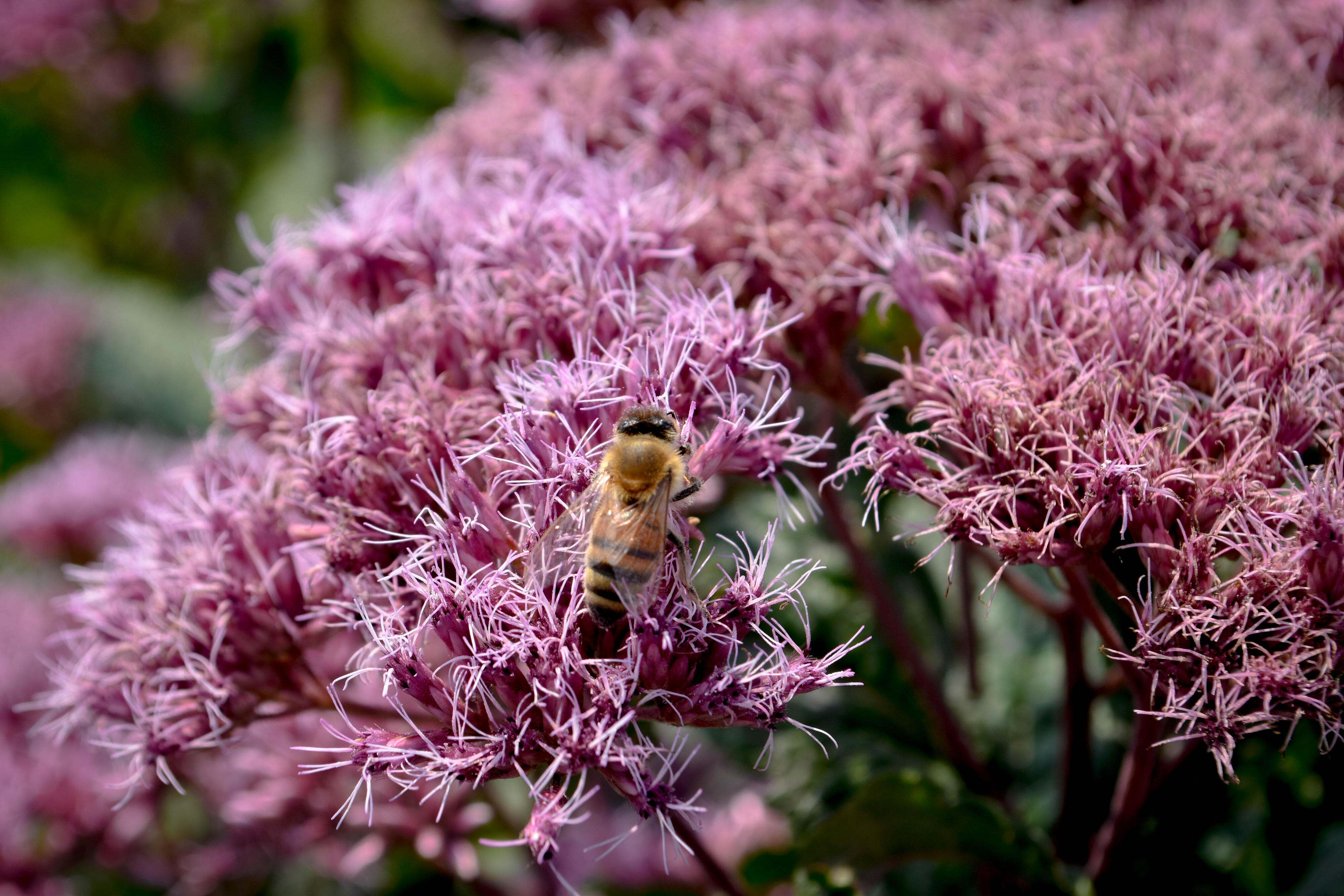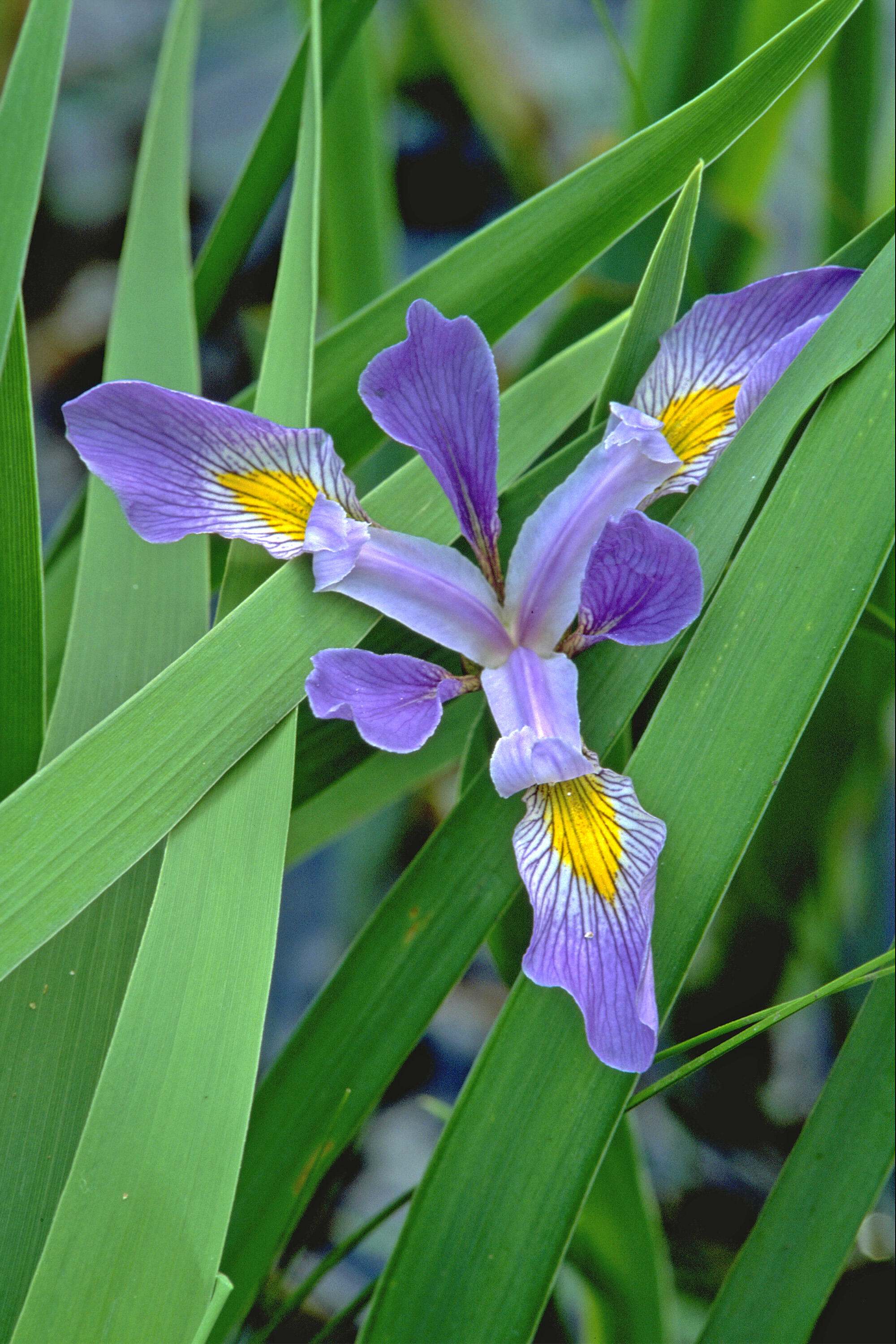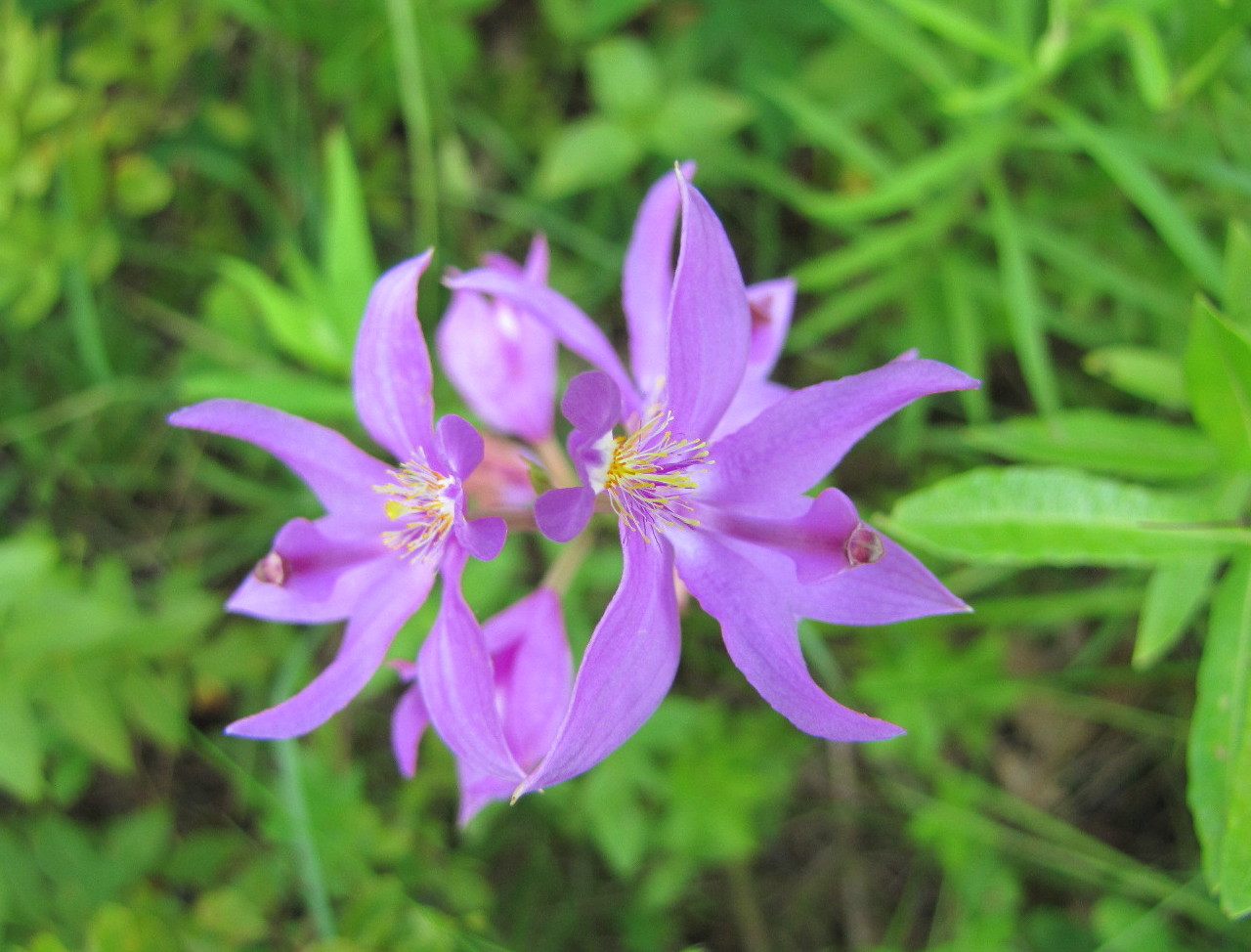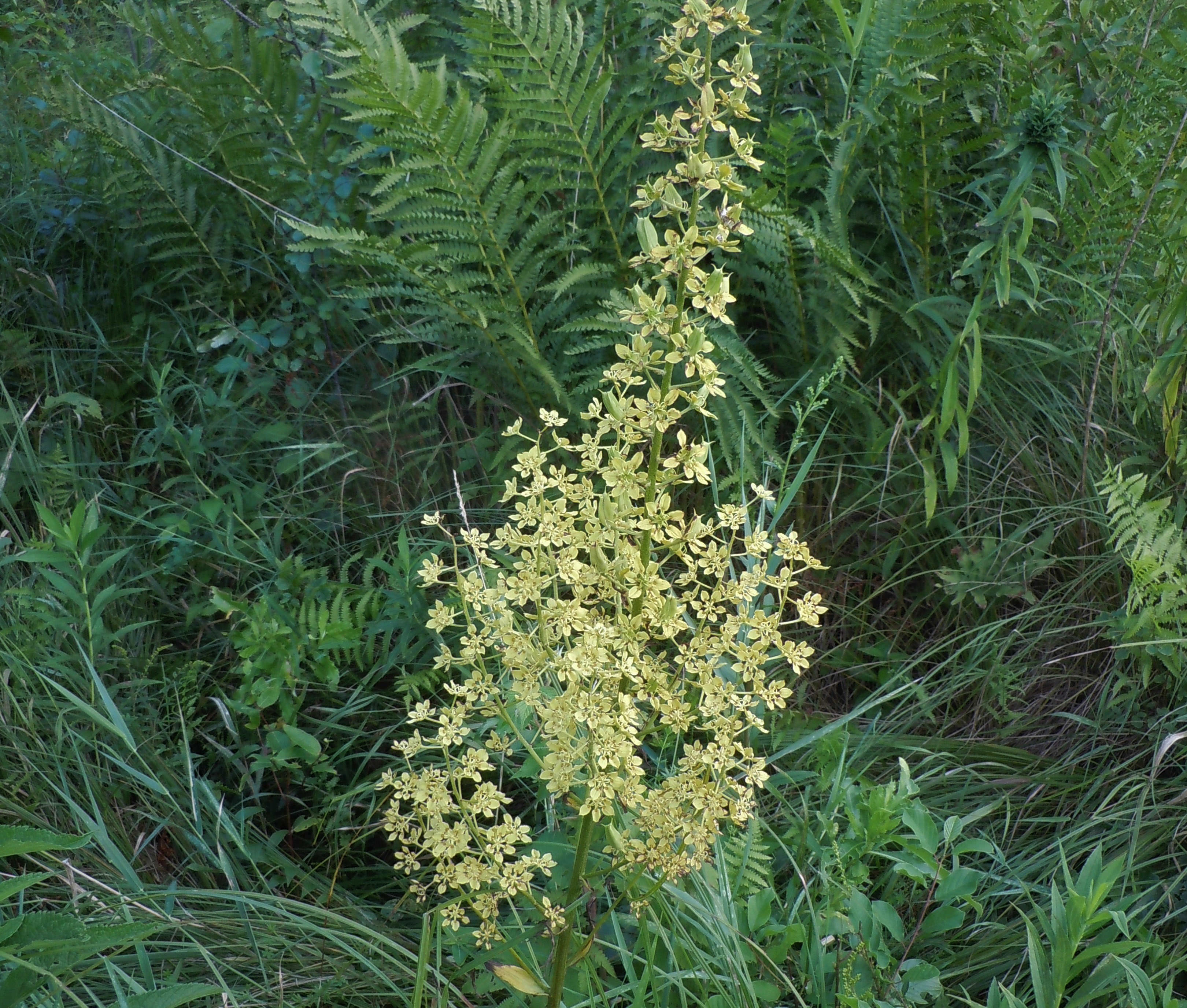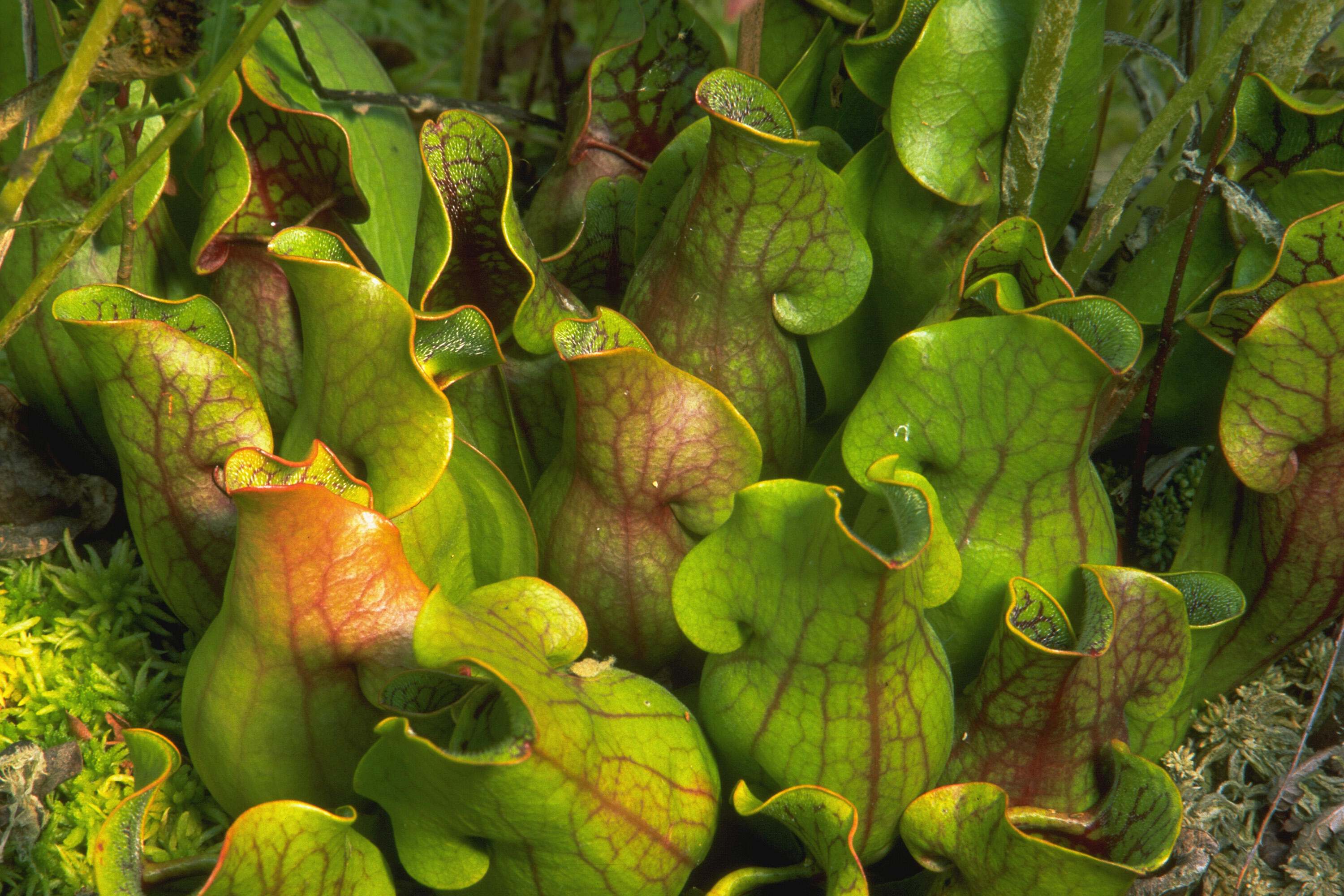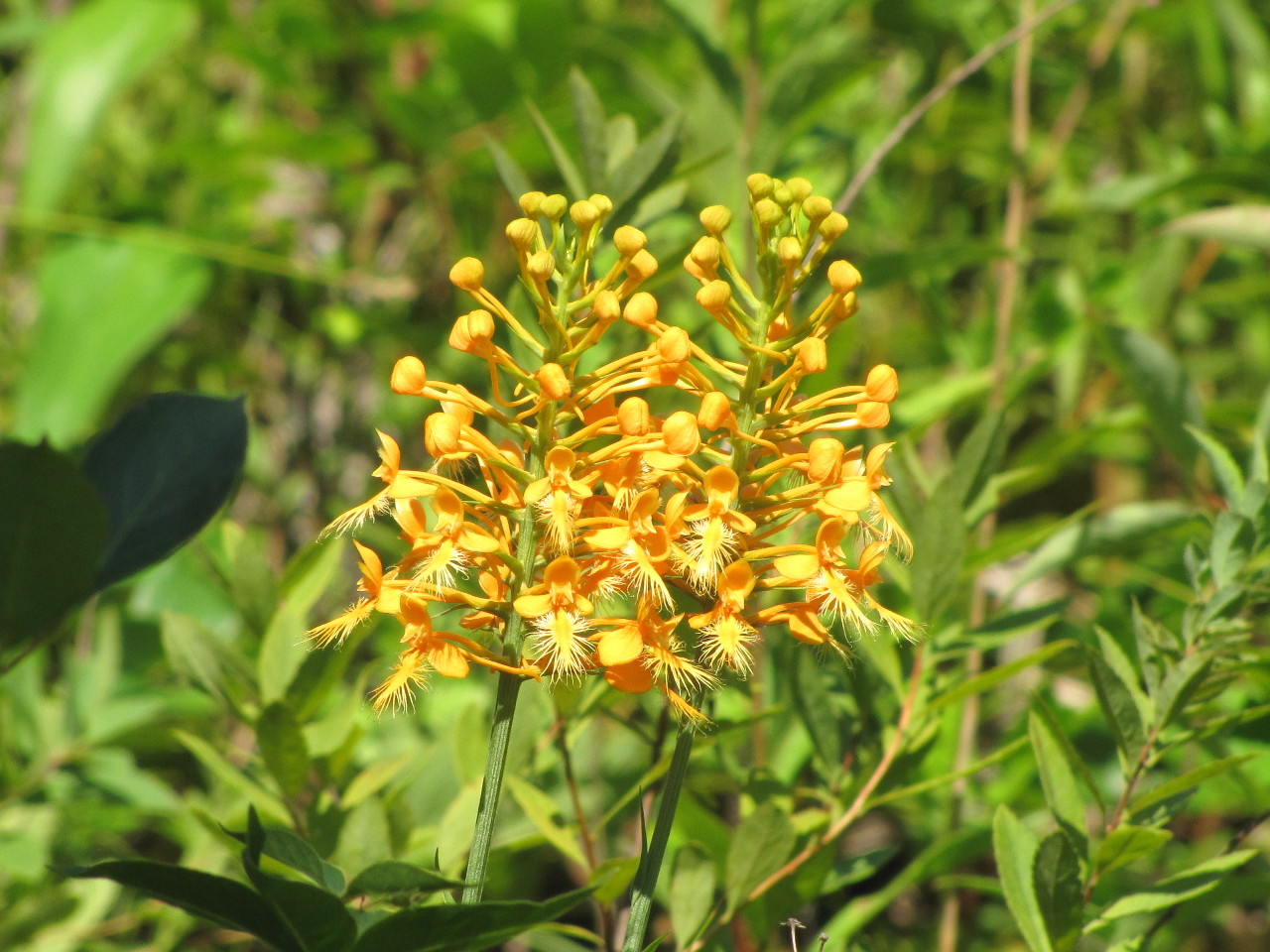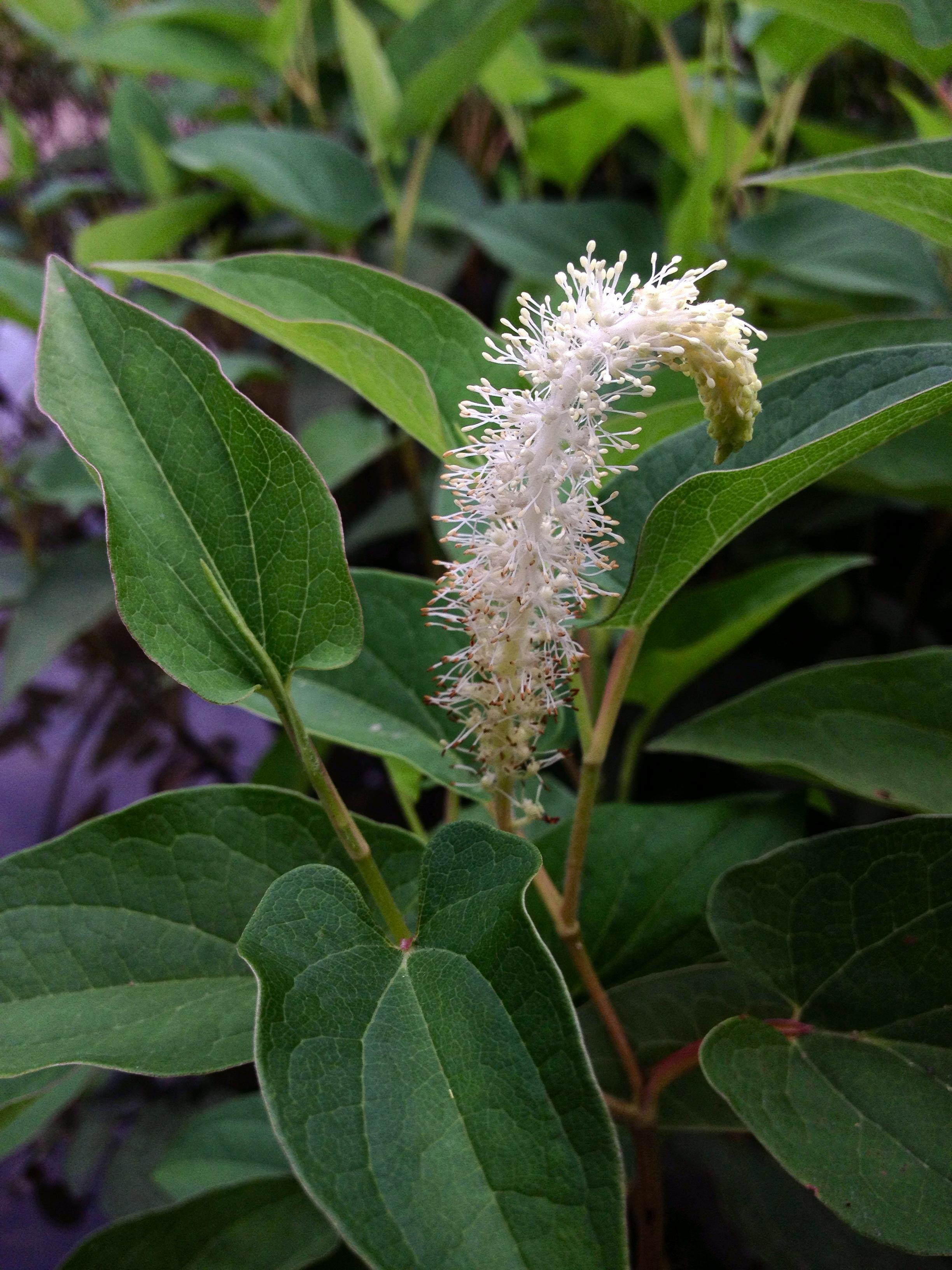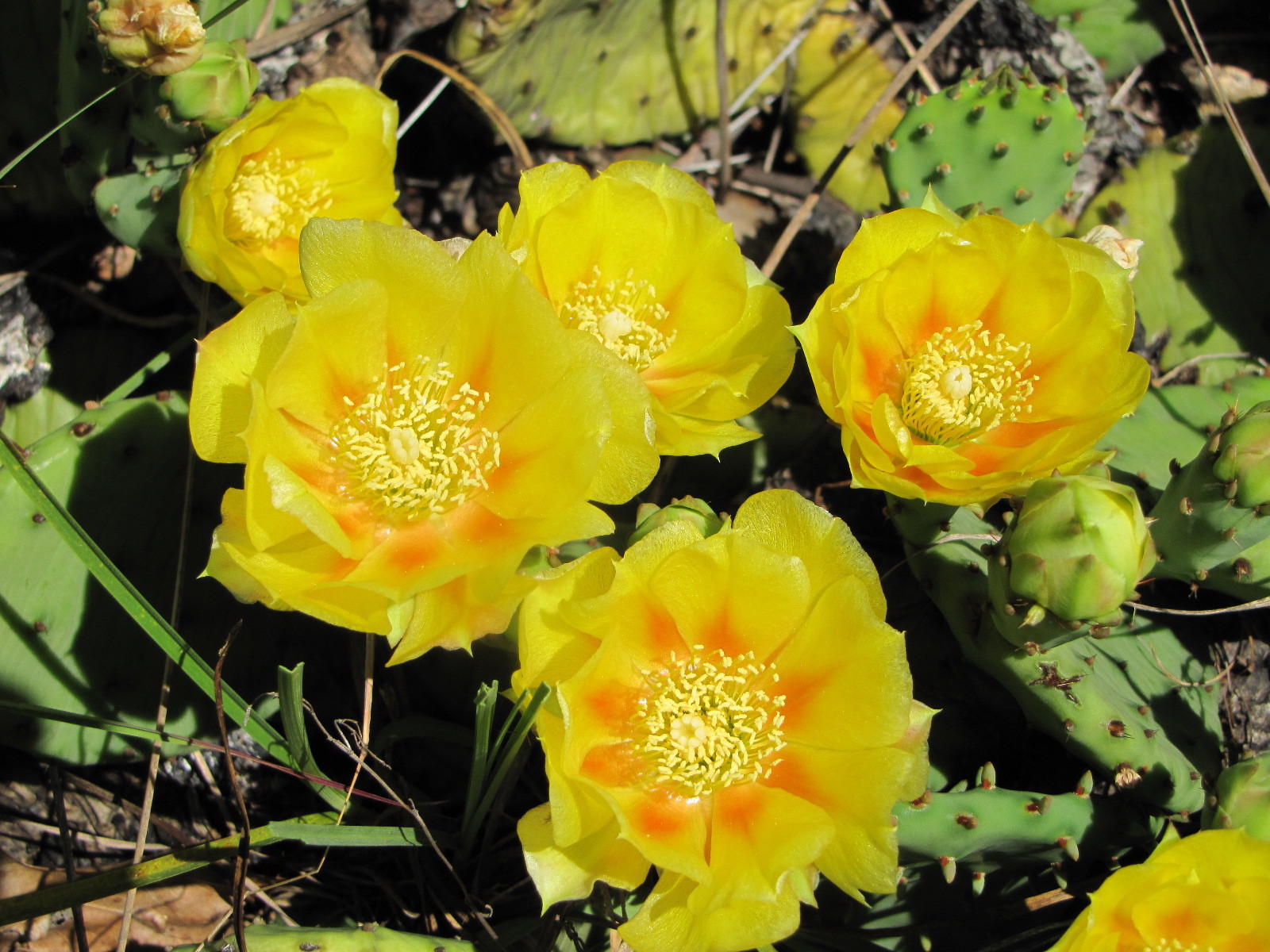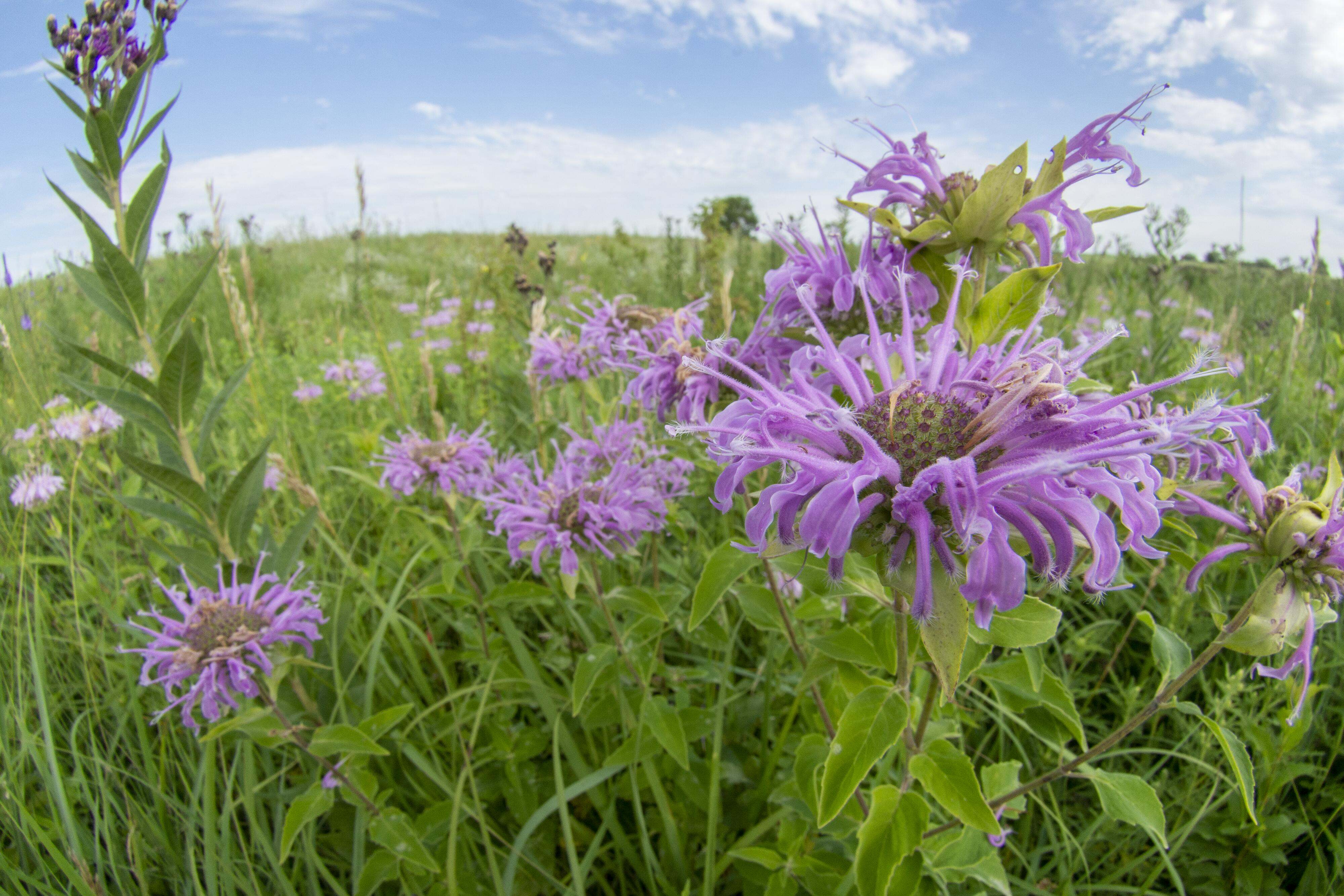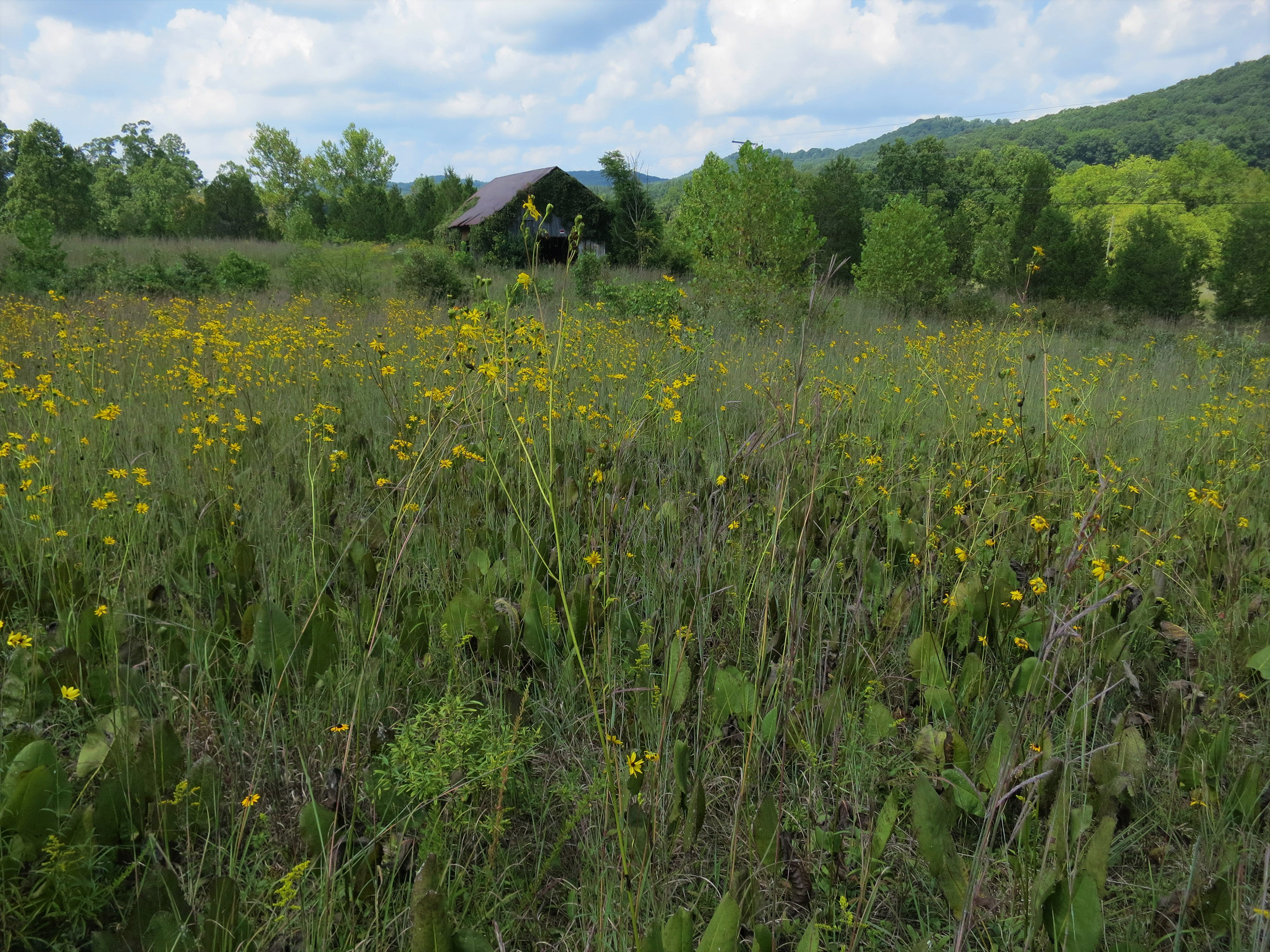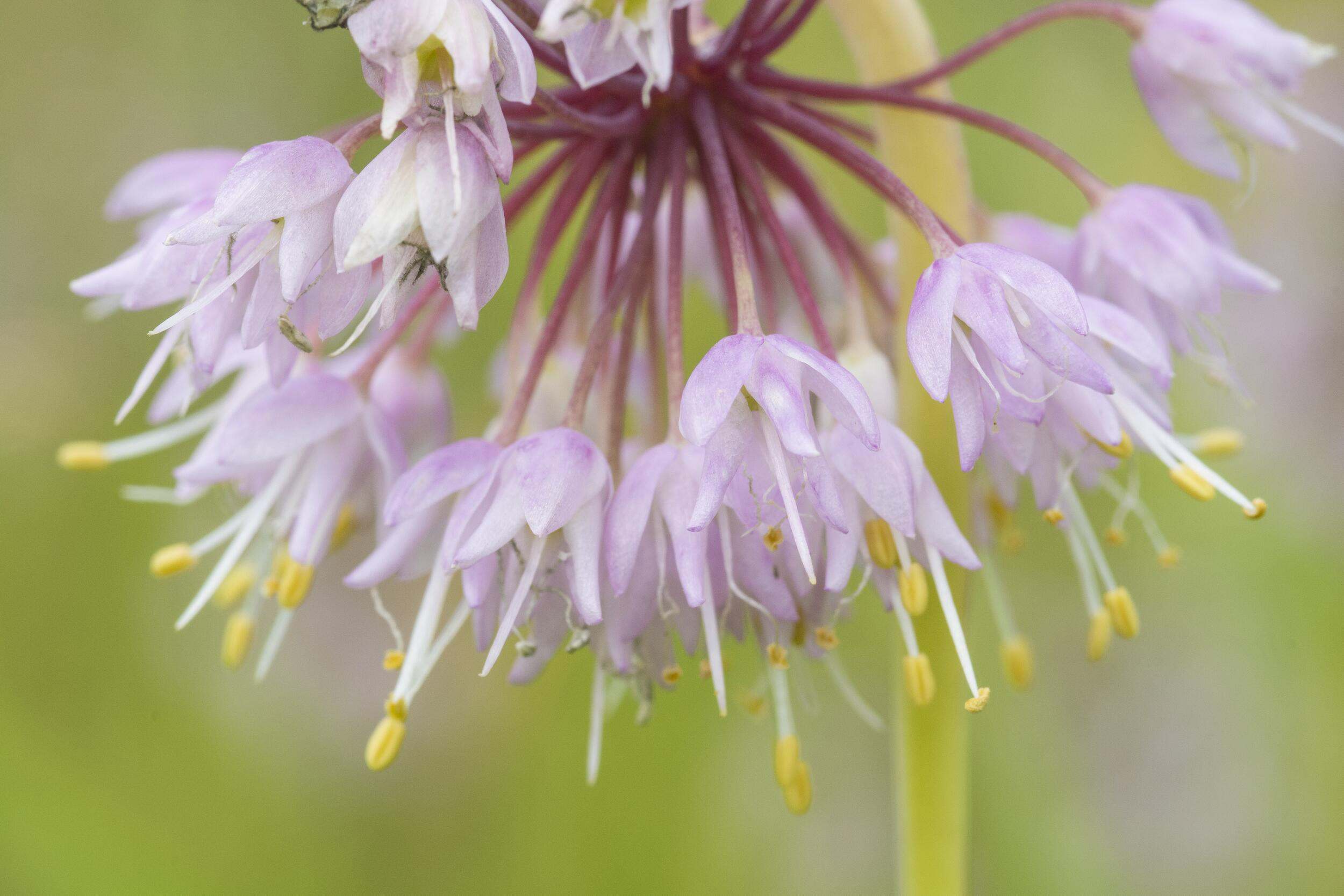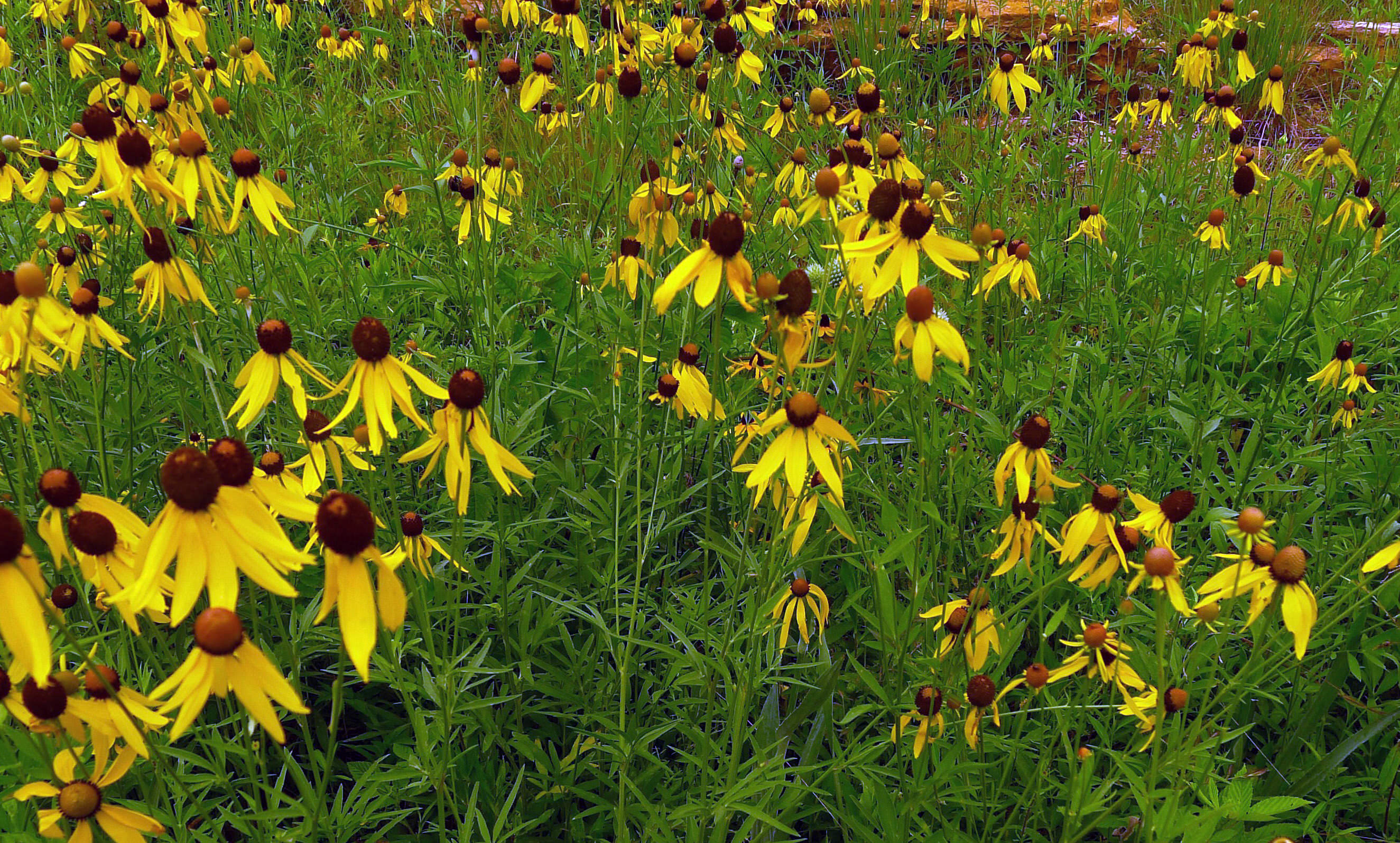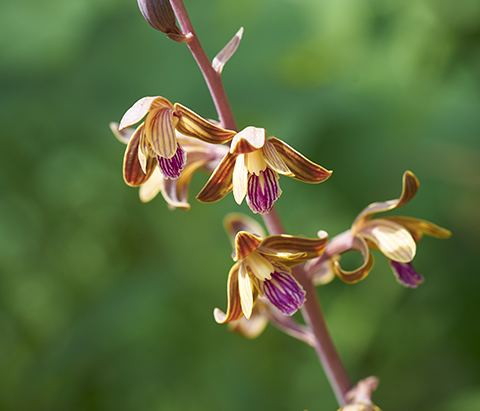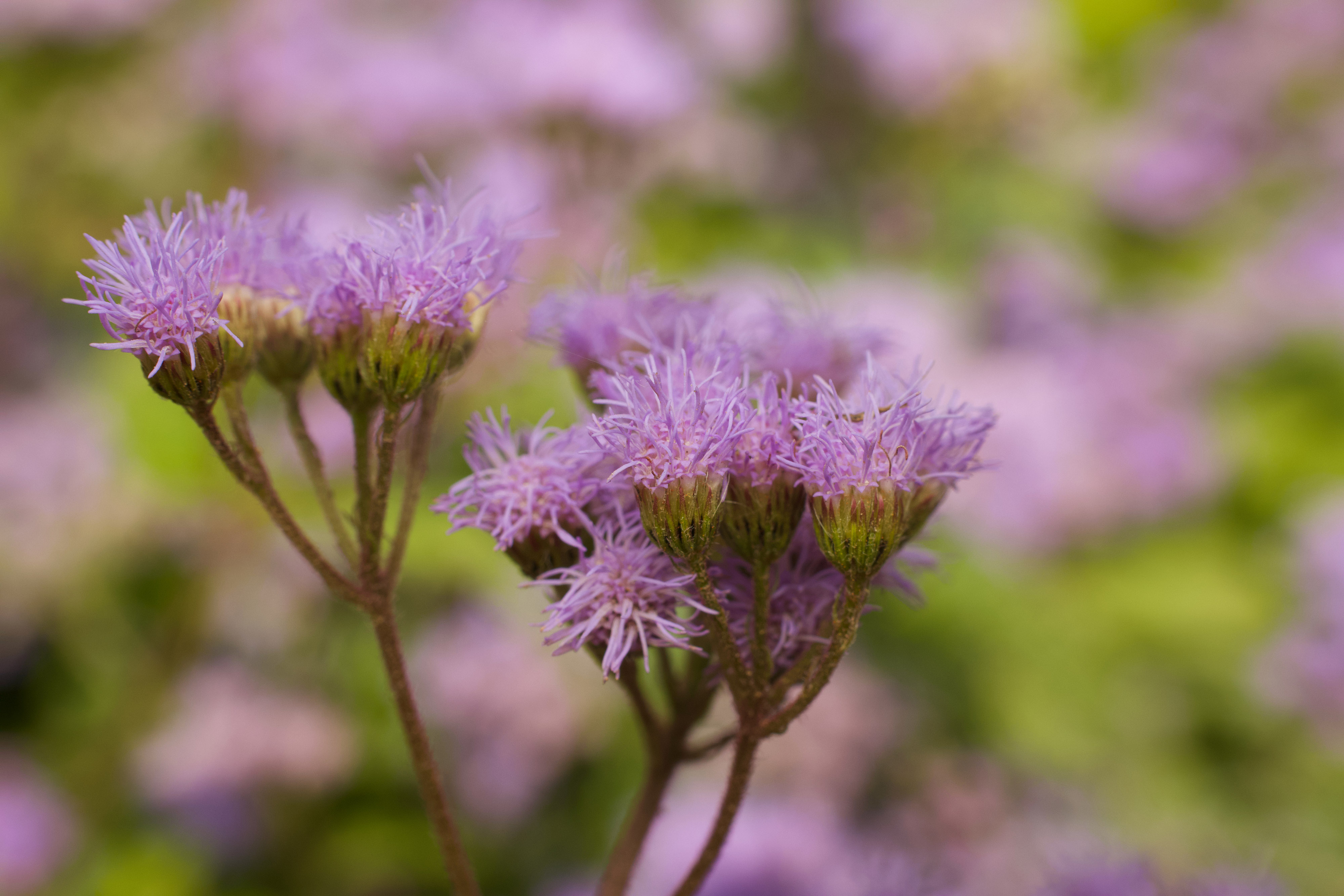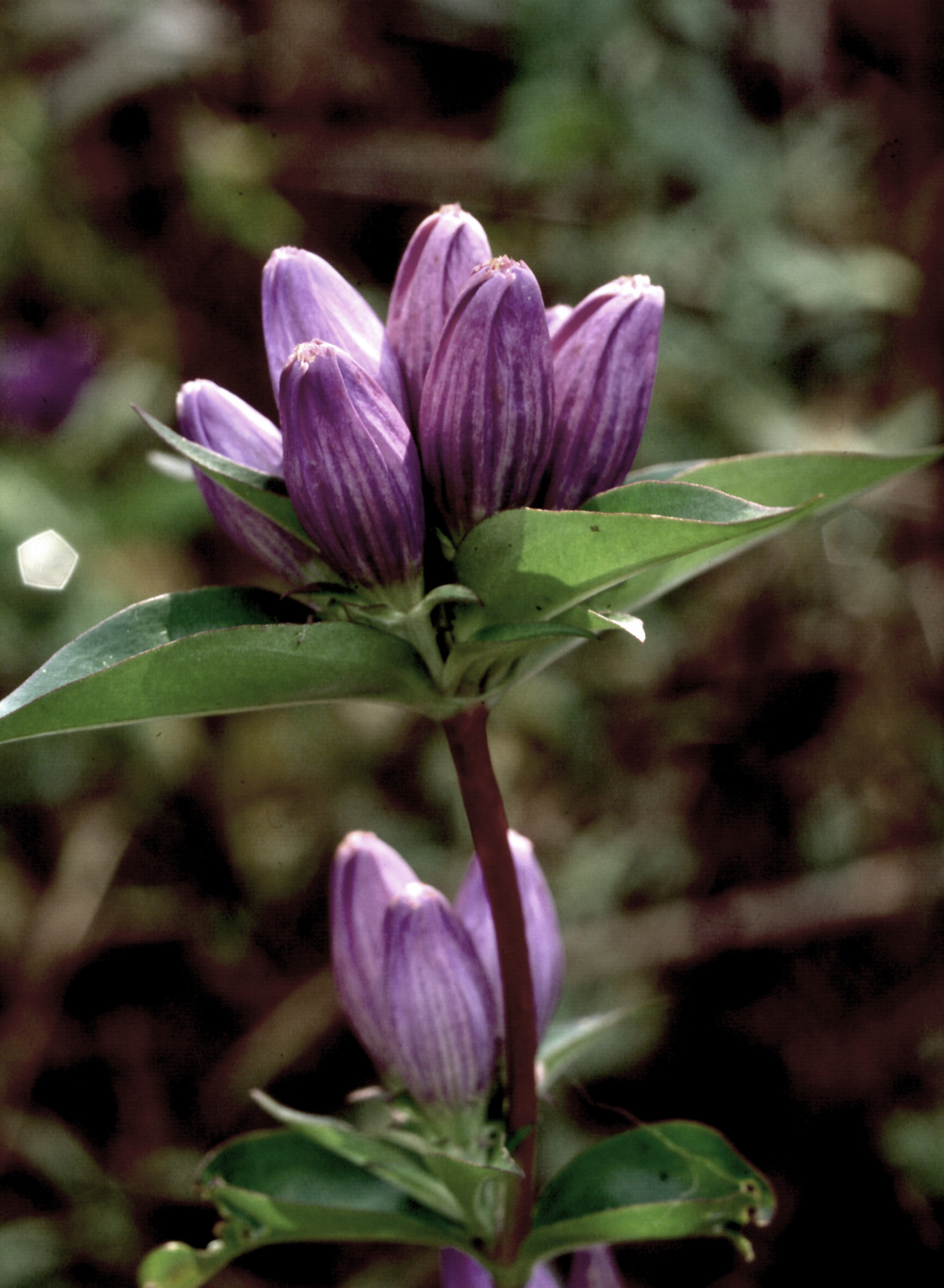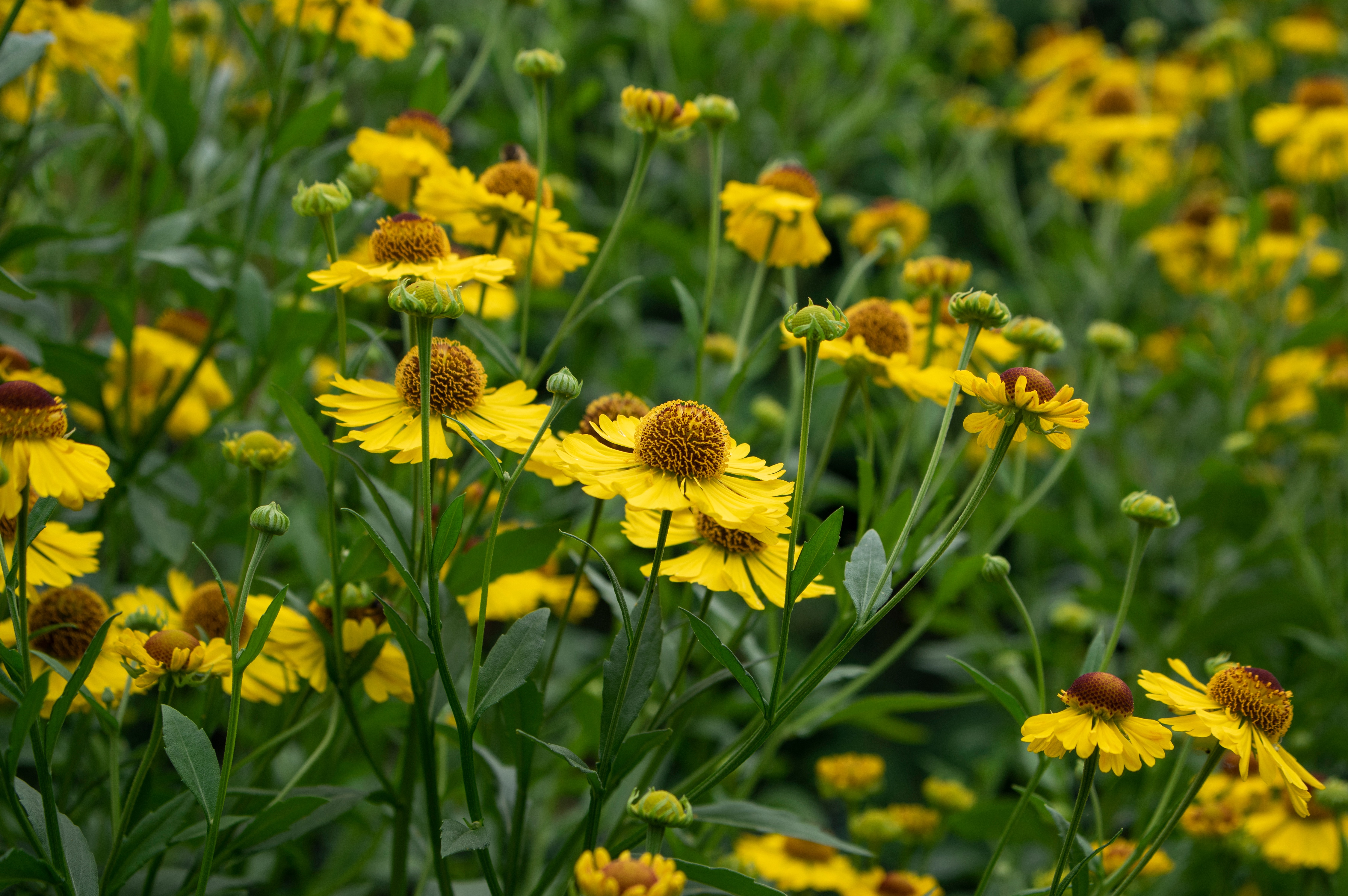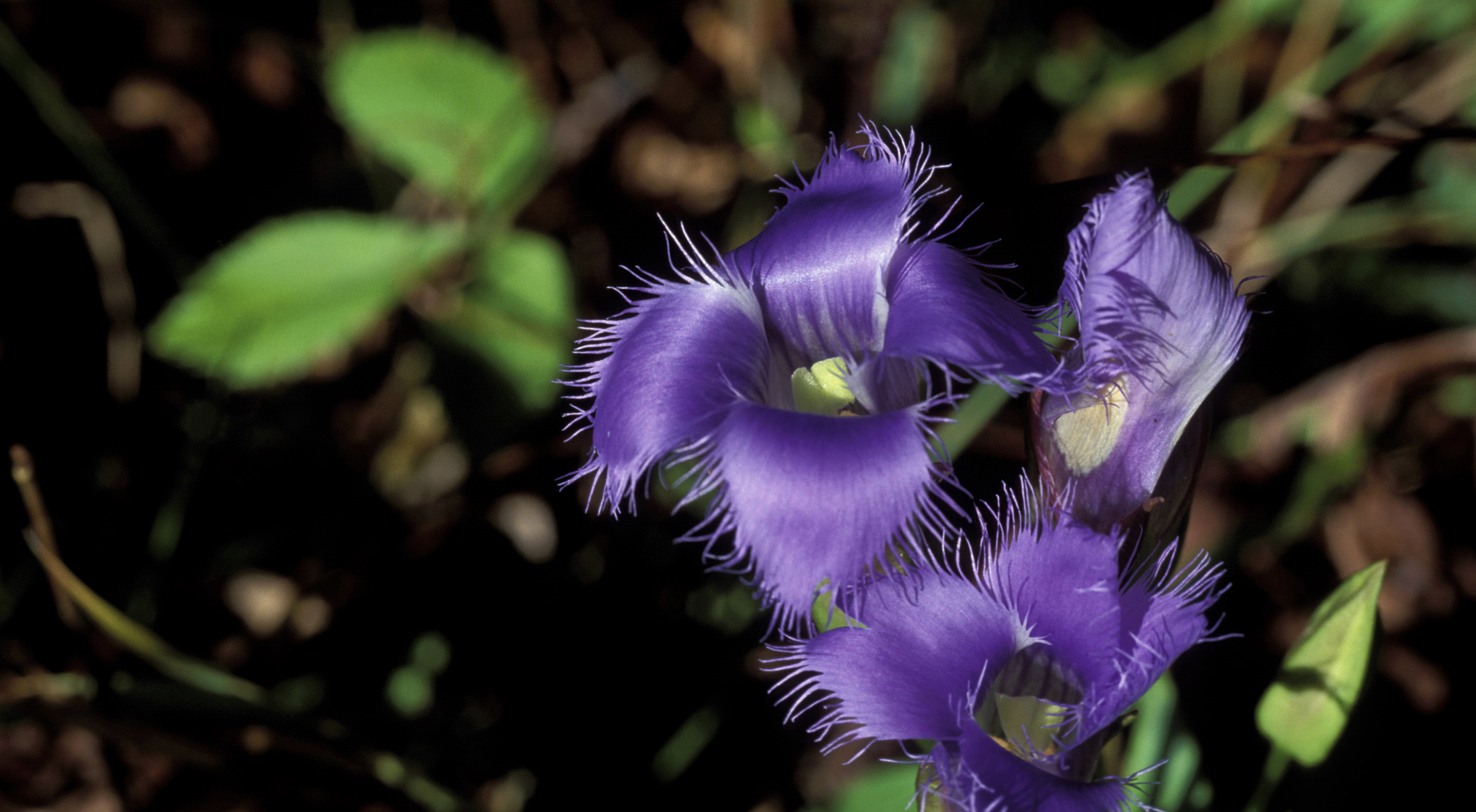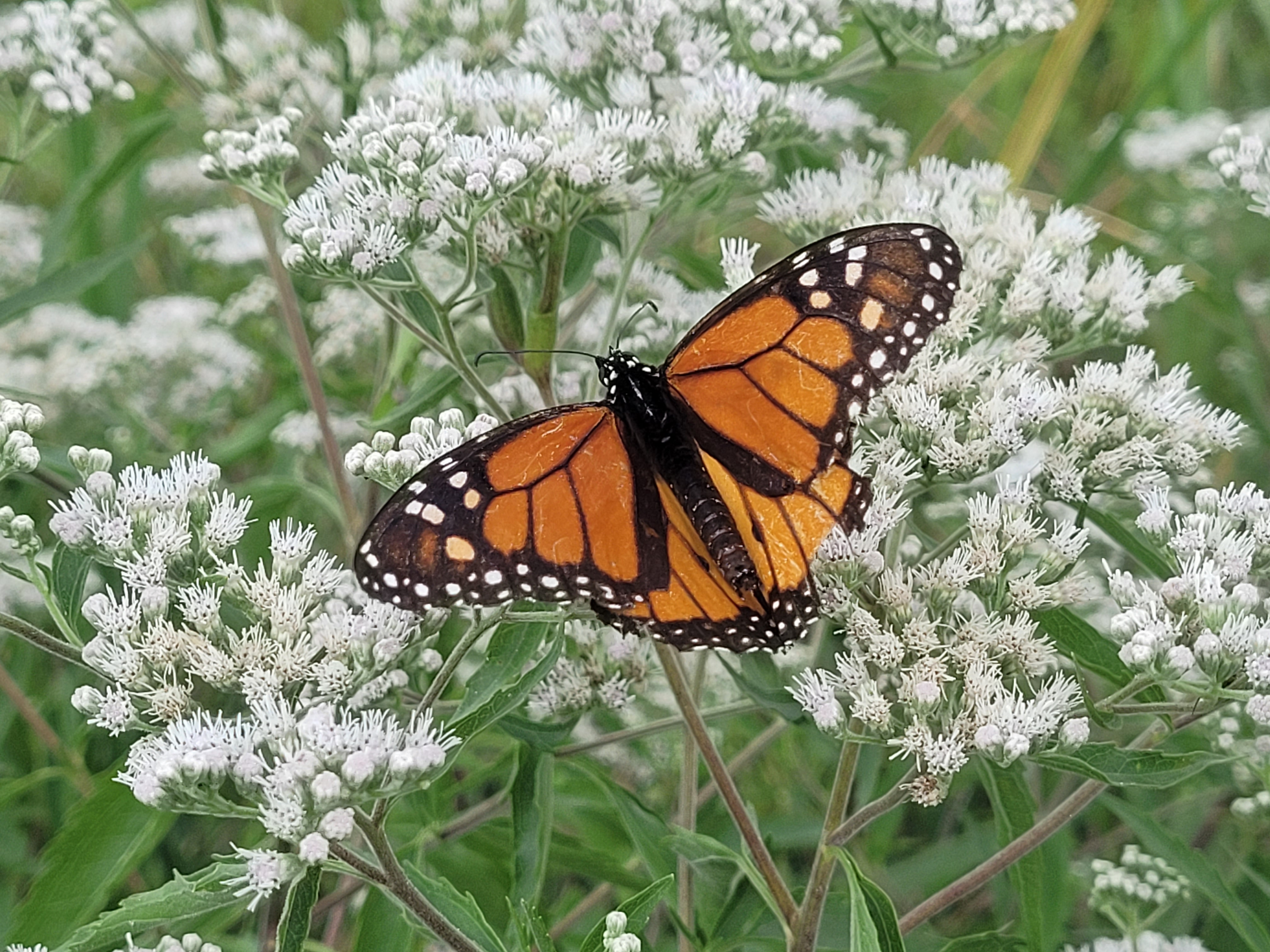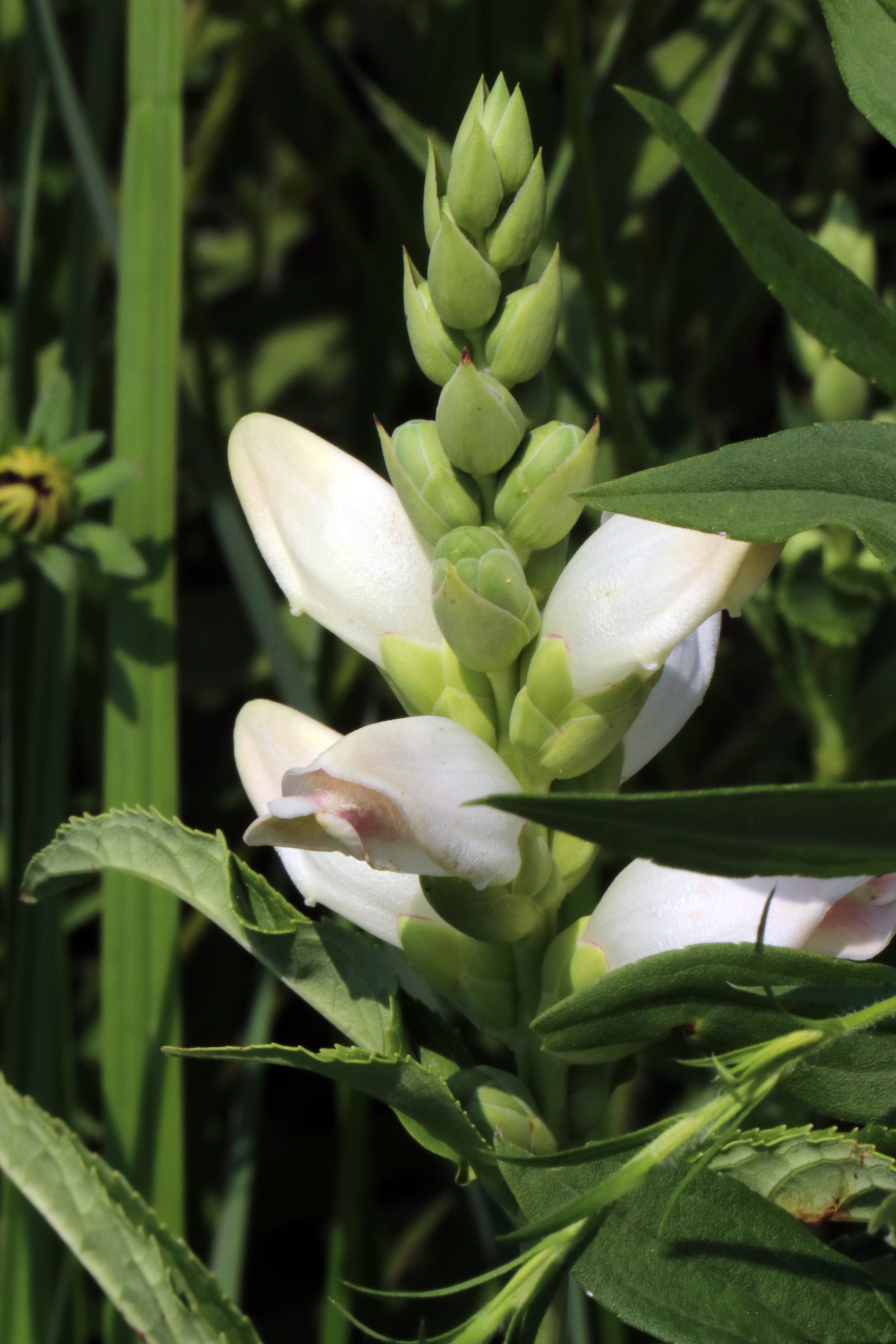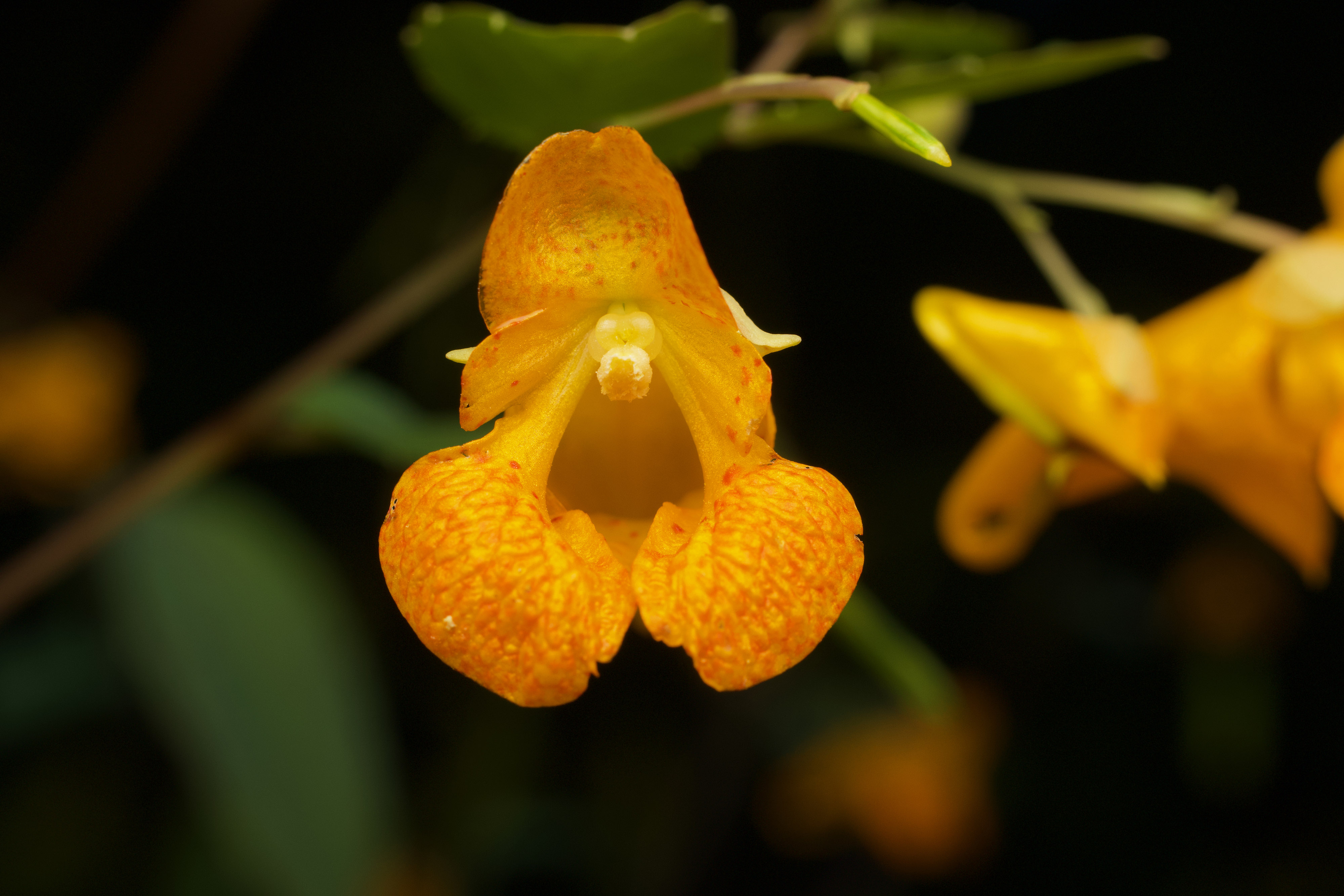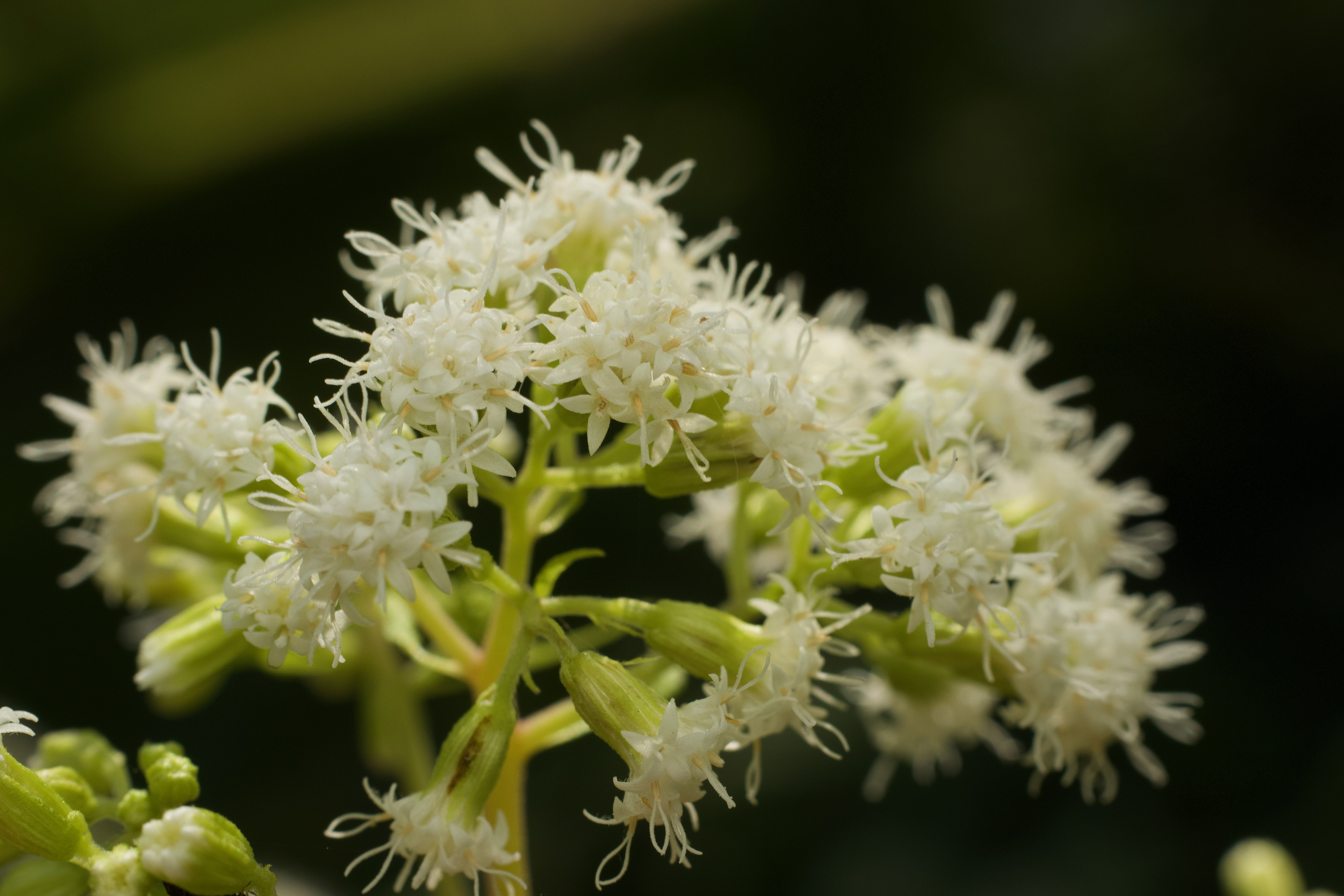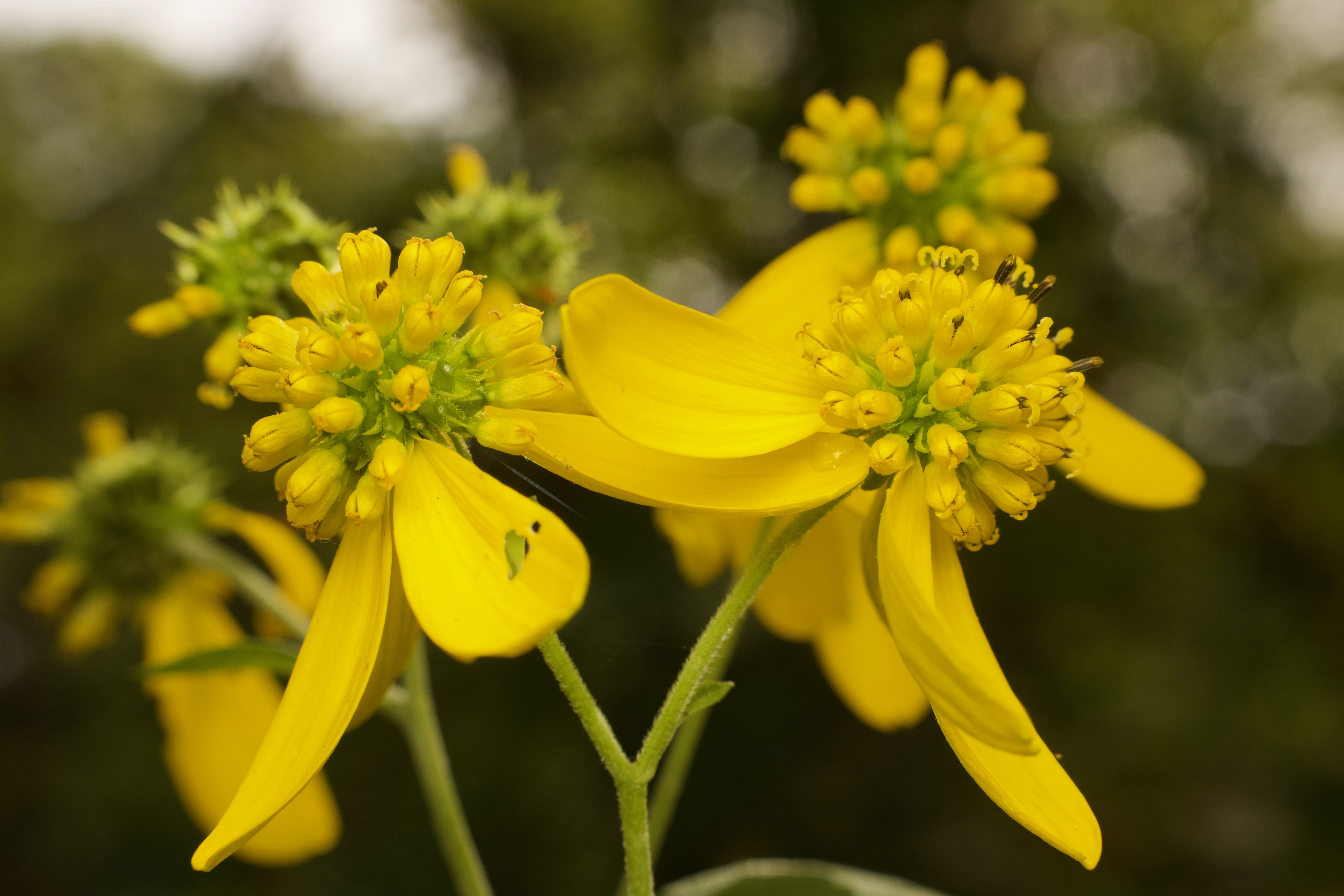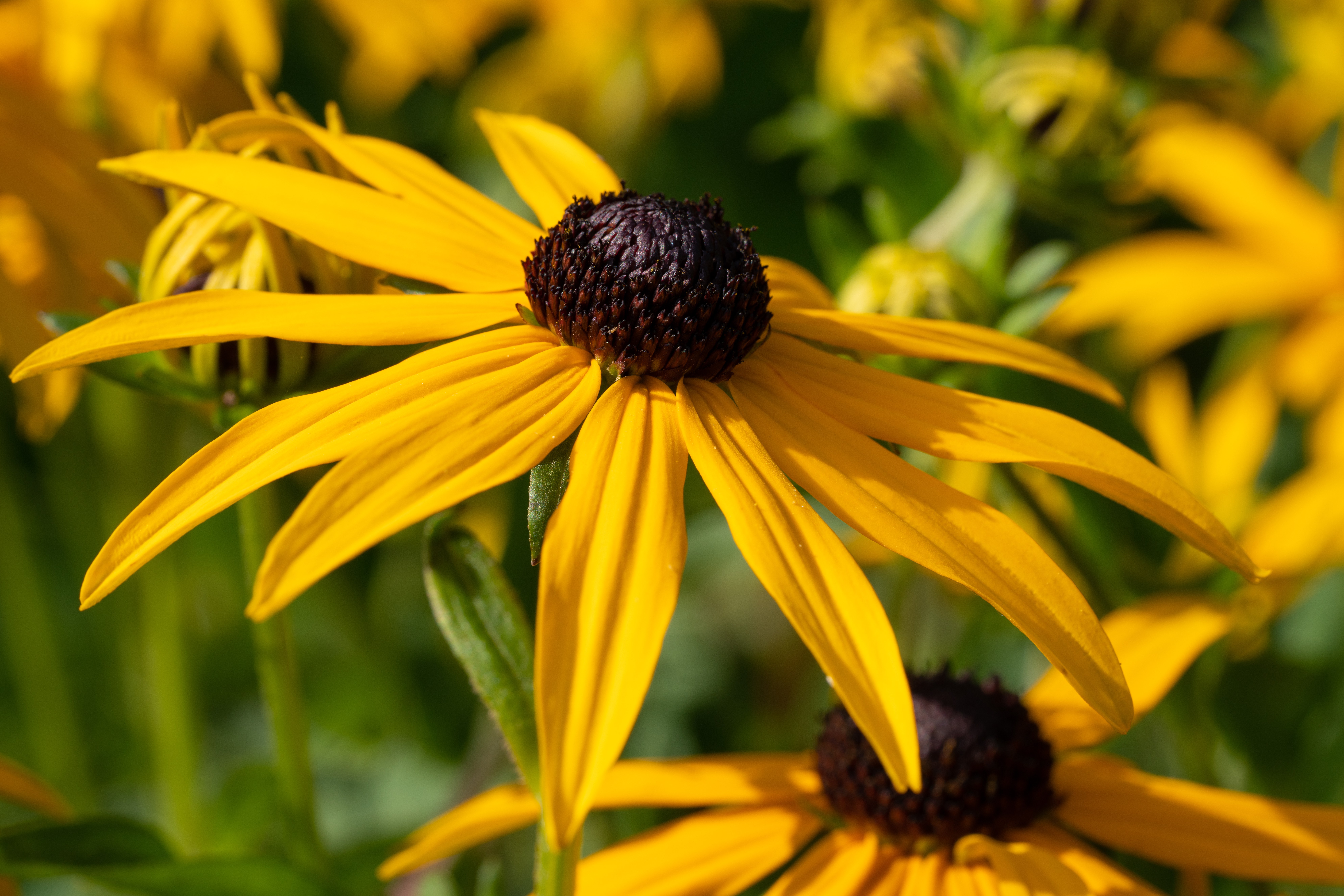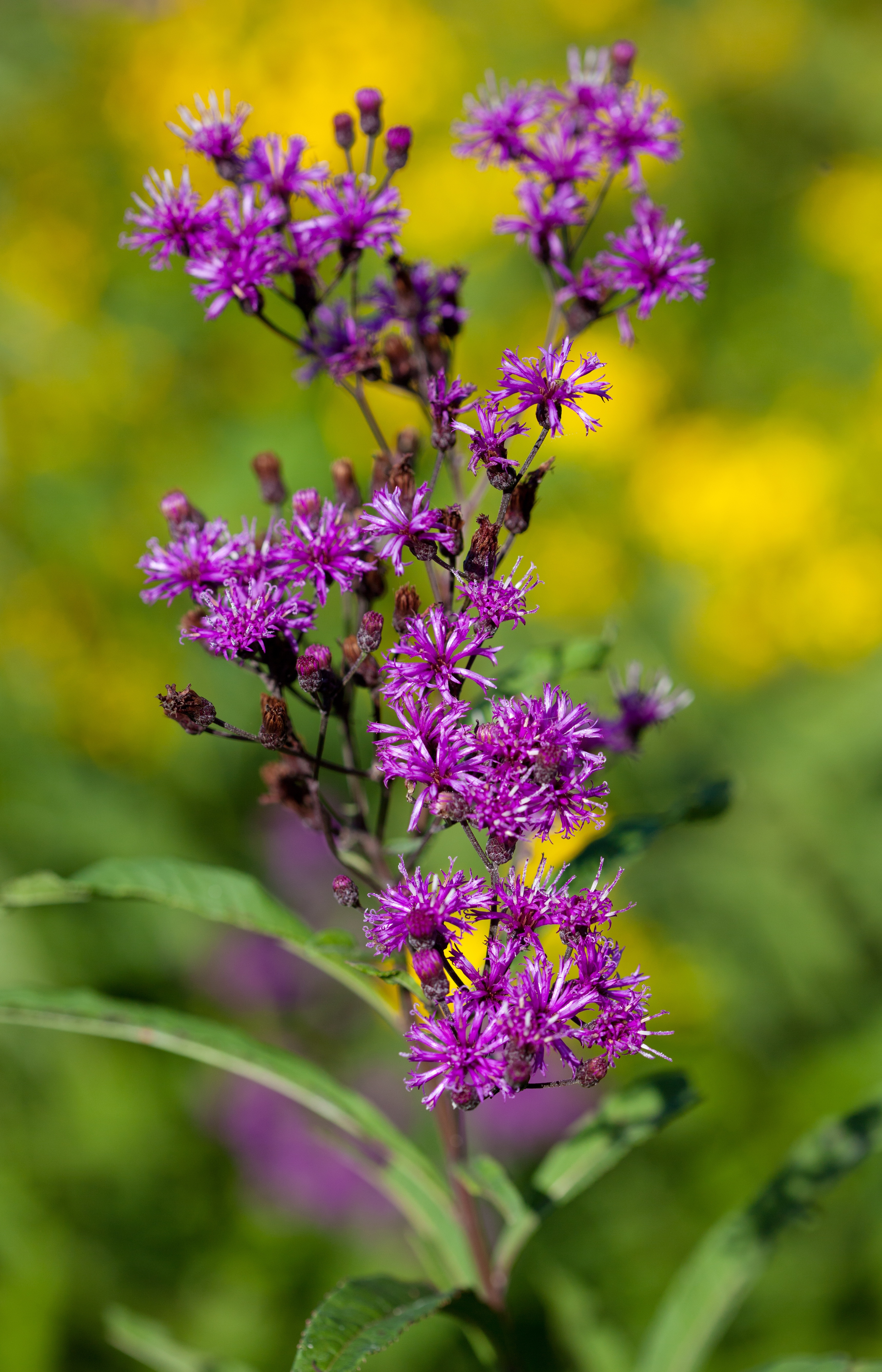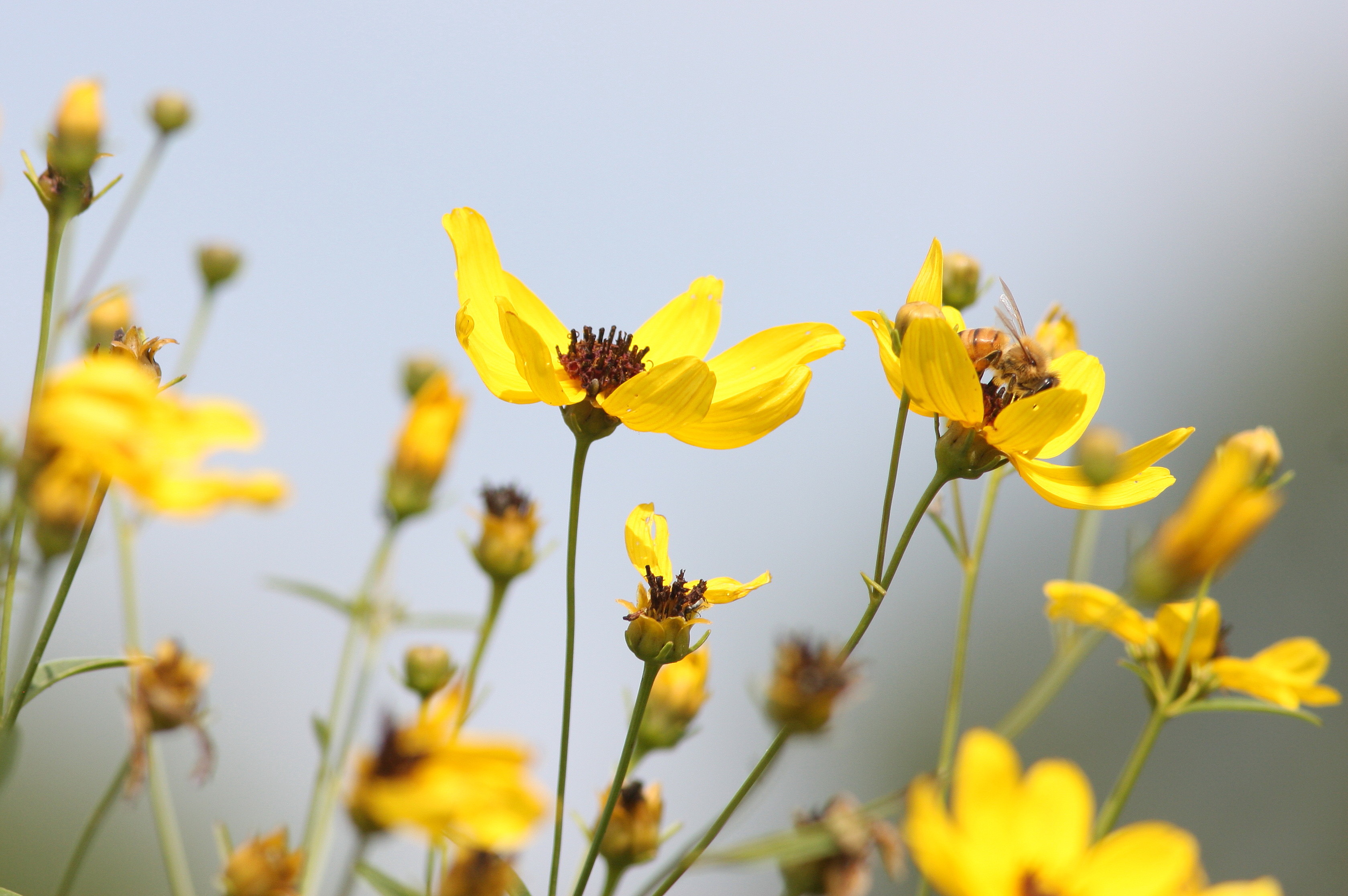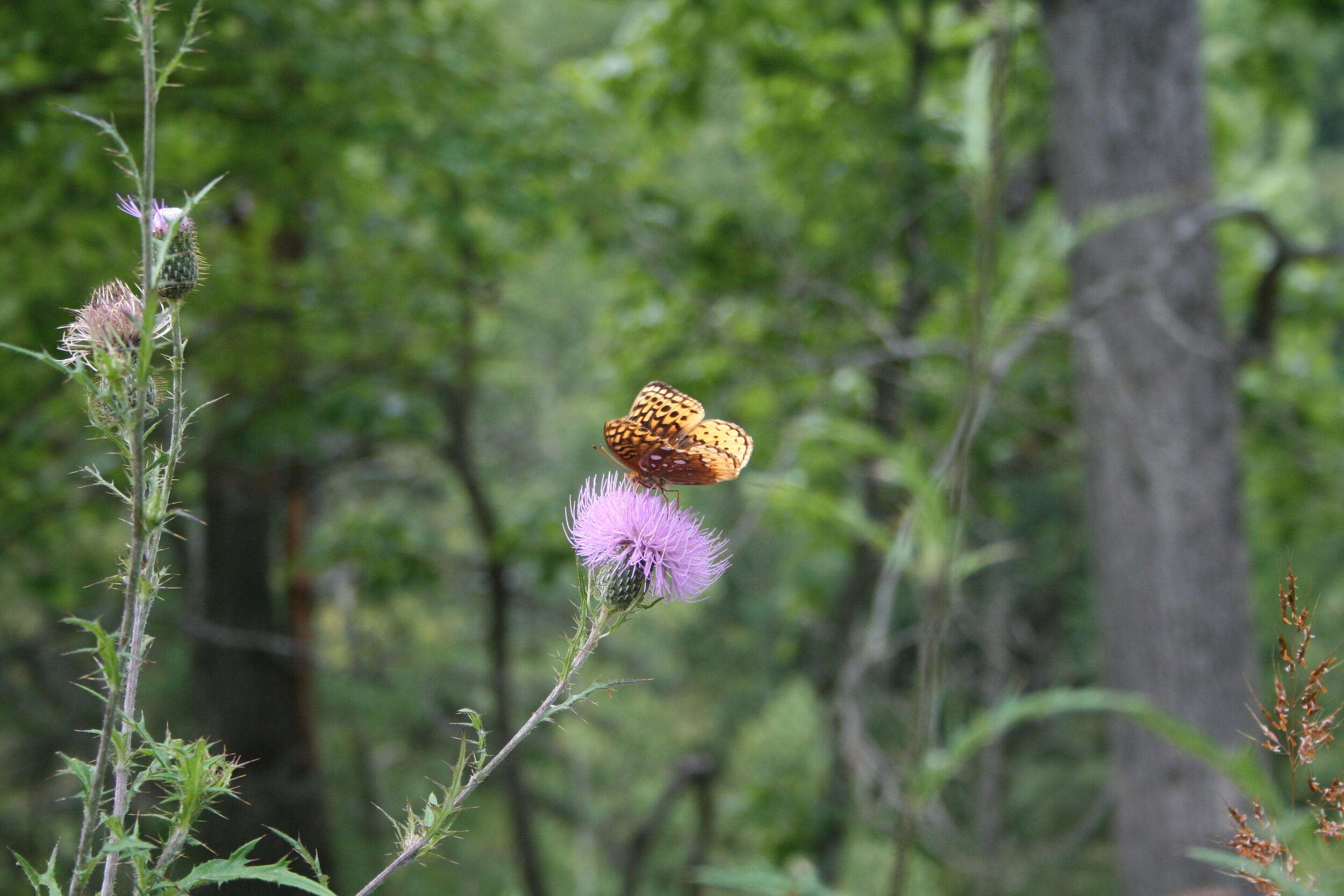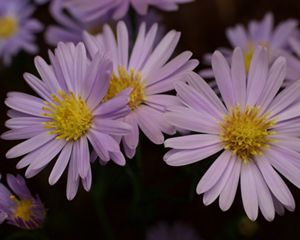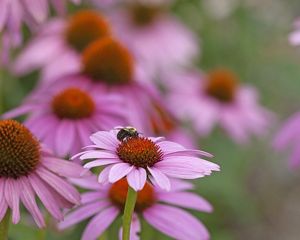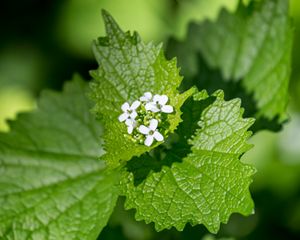Ohio Wildflowers
Discover the amazing diversity of Ohio wildflowers throughout the seasons.
Get More Nature News
Sign up to receive monthly news and updates from The Nature Conservancy in Ohio.
Ohio has some of the most interesting and beautiful wildflowers. Some are prolific and can grow anywhere, while others are rare, growing only in specific soils and habitats. Our work to protect the lands and waters of Ohio includes protecting the diverse plant communities native to our state. Below, we've highlighted some of the wildflowers you can find when visiting our preserves throughout the year across Ohio.
Special note: We encourage everyone to learn about and observe these plants but never harvest them from their habitats. Many reputable native plant nurseries sell sustainably sourced native plants.
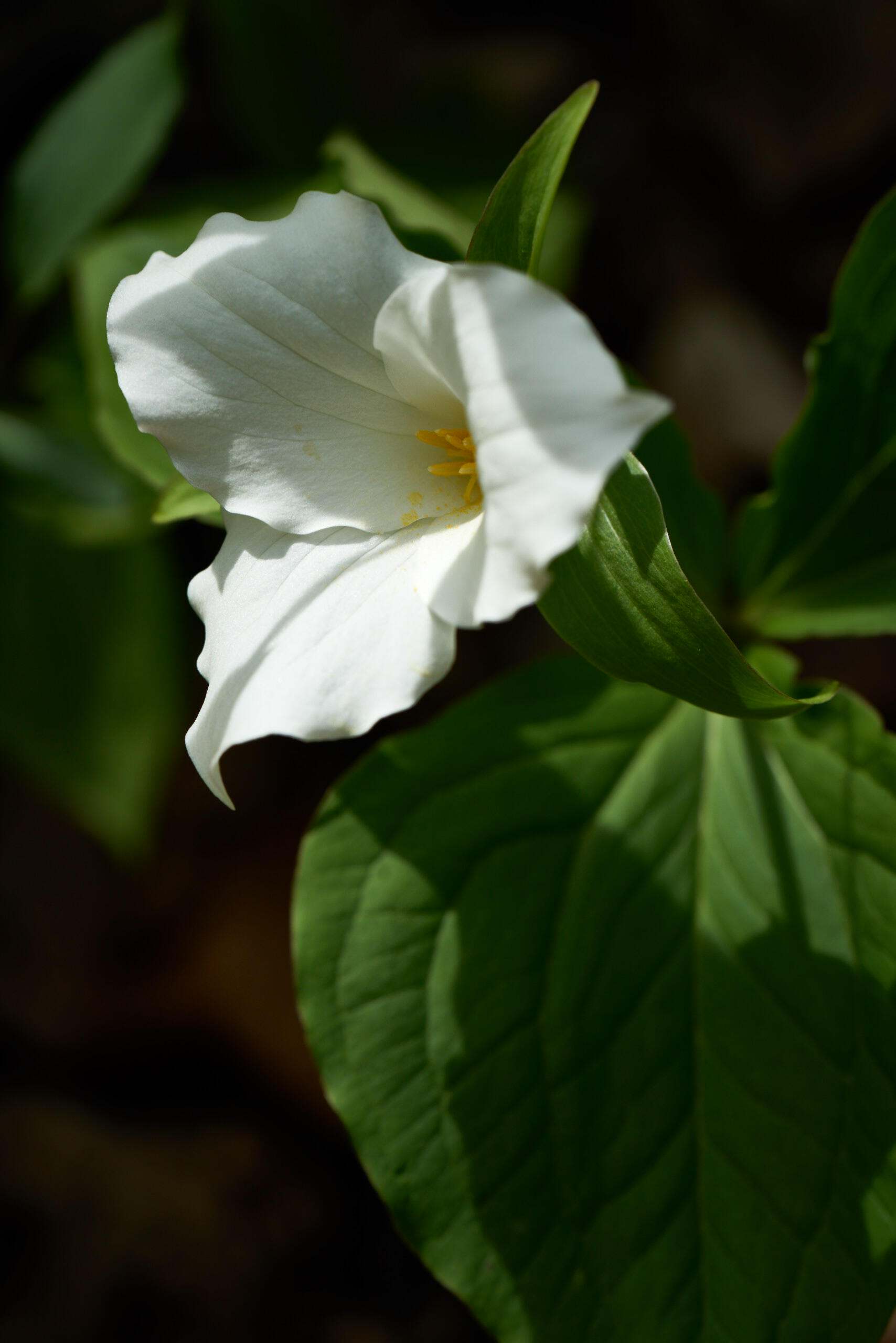
Spring Wildflowers
From the early blooming skunk cabbage to the rare wild lupine, spring is a peak season for wildflower spotting in Ohio's natural areas.
Wetland Wildflowers
Look for these blooms in wetlands, fens, shorelines and wet woodlands. Click on each image to learn more about the flower.
Woodland Wildflowers
Look for these blooms in forests and woodlands. Click on each image to learn more about the flower.

Summer Wildflowers
In the summer months, Ohio's prairies, wetlands and forests come alive with colorful blooms.
Wetland Wildflowers
Look for these blooms in wetlands, fens, shallow waters, wet meadows and other moist natural areas. Click each image to learn more about the flower.
Milkweeds of Ohio
Ohio is home to 13 native species of milkweed, found everywhere from shaded forests to prairies to wetlands. These summer bloomers have variety of flower colors, from vibrant orange to muted green. Endangered monarch butterflies depend on all milkweed species for their life cycle, making these plants crucial throughout Ohio.
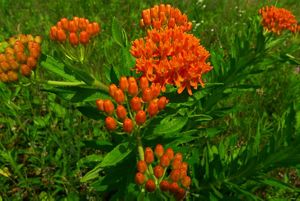
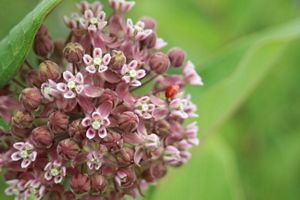
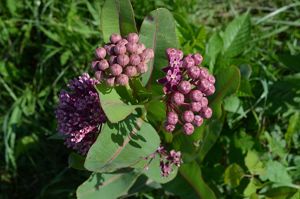
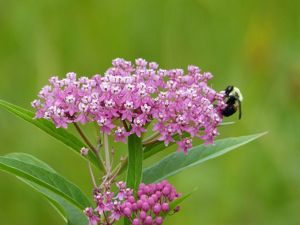
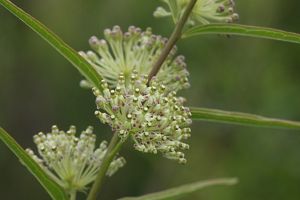

Butterfly Weed: (Asclepias tuberosa) © Jessica Lin/TNC

Common Milkweed: (Asclepias syriaca) © Trisha Seelman/TNC

Sullivant's Milkweed: (Asclepias sullivantii) © 2014 TNC Ohio

Swamp Milkweed: (Asclepias incarnata) © Angie Cole/TNC

Tall Green Milkweed: (Asclepias hirtella) © Angie Cole/TNC
Prairie and Meadow Wildflowers
In the summer months, Ohio's prairies, meadows and open areas are filled with colorful blooms of sun-loving wildflowers. Click each photo to learn more about each plant.
Blazing Stars
Also known as gay feathers, blazing stars are among the most striking summer wildflowers in Ohio prairies. There are about seven species of Liatris that call Ohio home, but only four of them occur around TNC Ohio preserves. Blazing stars are prairie dwellers and important food source for many animals and pollinators.
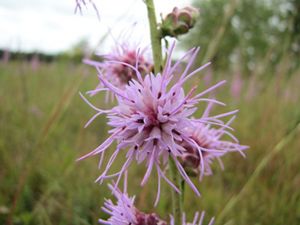
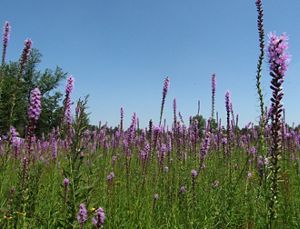

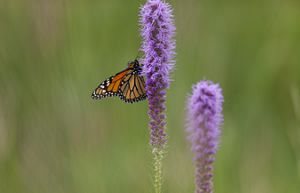

Rough Blazing Star: Liatris aspera © Angie Cole

Dense Blazing Star: Liatris spicata © Angie Cole

Scaly Blazing Star: Liatris squarrosa © TNC

Prairie Blazing Star: Liatris pycnostchya © Richard Hamilton Smith
A Rare Summer Flower
Crested Coralroot Orchid
(Hexalectris spicata)
State-listed as threatened in Ohio, the crested coralroot orchid is truly a treasure to see. Up to 15 intricately decorated blooms appear along 12” tall stems, each up to 1” across.
Hikers might not notice these unassuming plants right away, as plants do not have leaves or any other structures that appear above the ground unless they are in flower. And it only blooms when environmental conditions are right, which might not be every year, making it harder to keep track of.
It is a saprophytic plant, meaning it cannot produce its own food through photosynthesis like other plants. Instead, it has a symbiotic relationship with mycorrhizal fungi in the soil. The fungi grow around the rhizome of the plant and are able to draw out nutrients from other nearby plants to send back to the orchid.
In Ohio, these plants only occur in a few southern counties. TNC has worked to protect and restore unique habitats that will support biodiversity. These can be found at our Edge of Appalachia Preserve along the Lynx Prairie or Joan Jones Portman Trail.
Bloom time: June—August
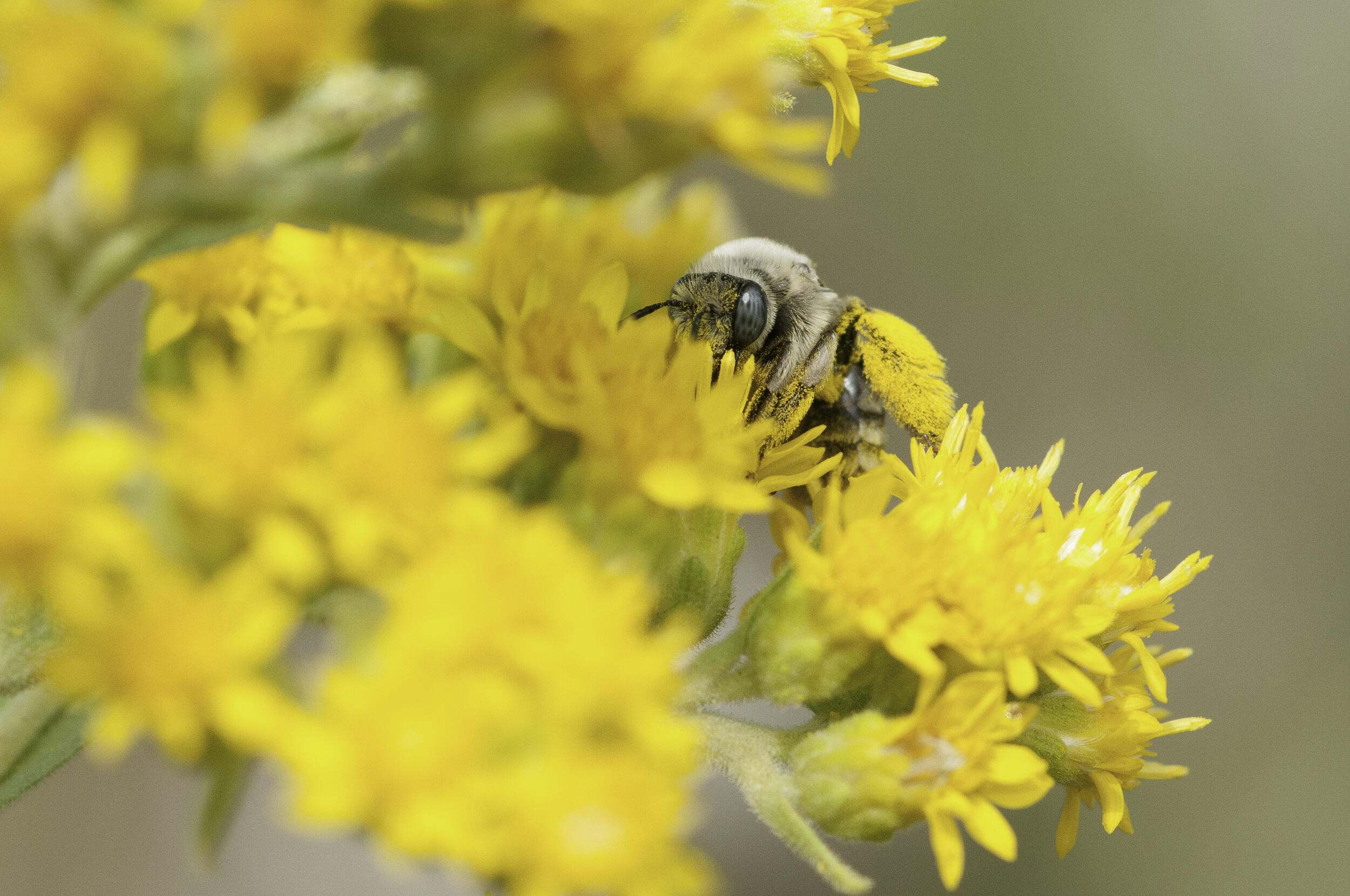
Fall Wildflowers
These late bloomers provide vital food and shelter to native pollinators, birds and other wildlife before winter comes.
Wetland Wildflowers
Look for these blooms in wetlands, fens, shallow waters and other wet places. Click each image to learn more about the flower.
Asters of Ohio
There are about 30 American aster species that call Ohio home, all blooming in late summer through the fall, brightening up fields, forests, and wetlands. These species vary widely in color and bloom size, ranging from white to bright purple. You can find many species of these fall beauties at all TNC Ohio Preserves.
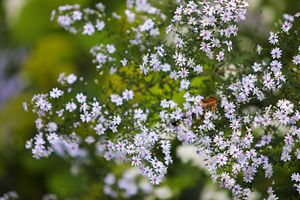

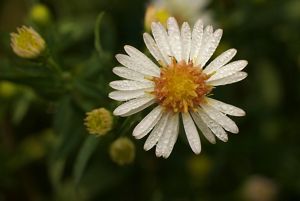
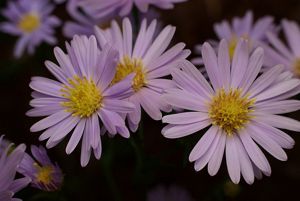
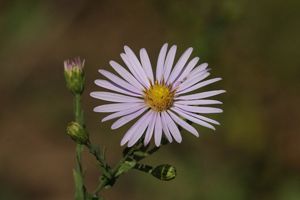

Crooked-stem Aster: (Symphyotrichum prenanthoides) © yakonstant/Shutterstock

New England Aster: (Symphyotrichum novae-angliae) © Lily Mullock / TNC

Panicled Aster: (Symphyotrichum lanceolatum) © TNC/Danae Wolfe

Sky-blue Aster: (Symphyotrichum oolentangiense) © TNC/Danae Wolfe

Smooth Aster: (Symphyotrichum laeve) © Angie Cole/TNC
Woodland Wildflowers
Look for these blooms in forests and open woodlands. Click on each image to learn more about the flower.
Goldenrods of Ohio
Beginning in early September, TNC Ohio’s prairies and forests begin to light up with goldenrod’s tiny, bright yellow blooms. Like asters, there are several species of goldenrod native to Ohio, and all attract a variety of insects seeking end of the season pollen and nectar. Once their flowers turn to seed, goldenrods are a food source for birds.
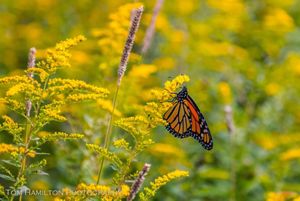
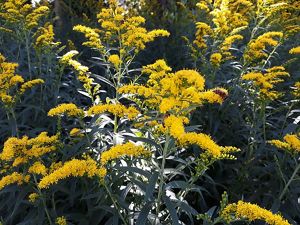
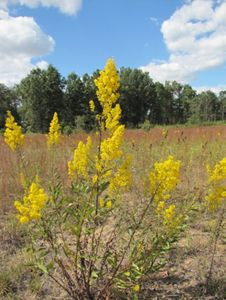
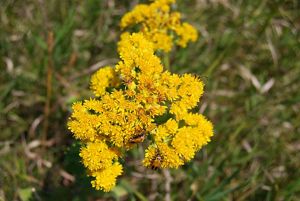
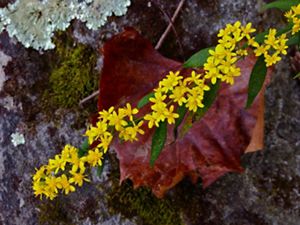

Canada Goldenrod: (Solidago canadensis) © Tom Hamilton

Gray Goldenrod: (Solidago nemoralis) © Gabriela Beres/Shutterstock

Showy Goldenrod: (Solidago speciosa) © TNC/Angie Cole

Stiff Goldenrod: (Solidago rigida) © Bob Bork

Wreath Goldenrod: (Solidago caesia) © Fritz Flohr Reynolds / Flickr CC
Prairie and Meadow Wildflowers
As winter approaches, prairies and meadows the last blooming wildflowers in Ohio provide essential food and shelter to pollinators and wildlife.
Help native plant species thrive.
Native plant communities are in danger of habitat loss and degredation. Help us protect and restore these lands.

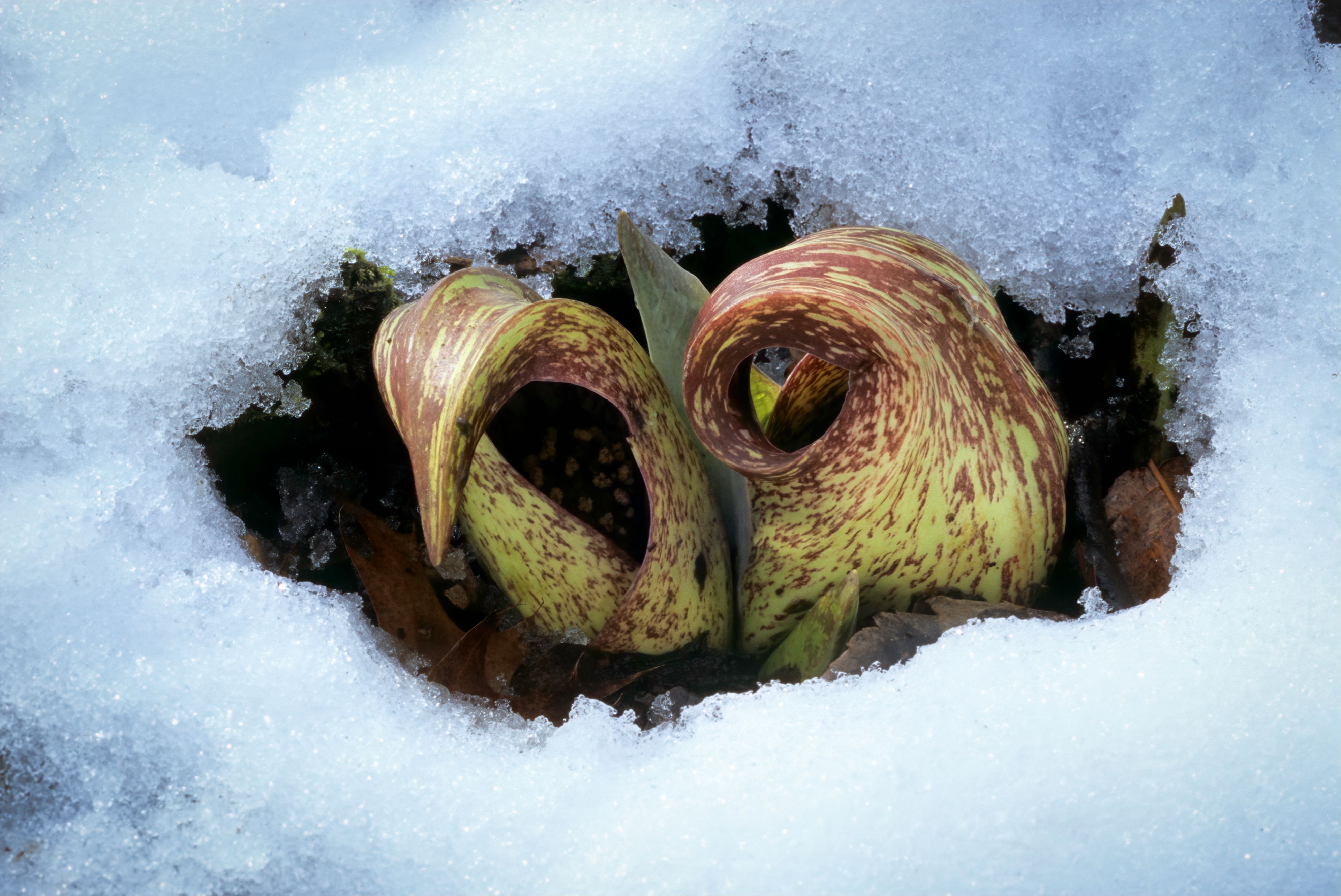
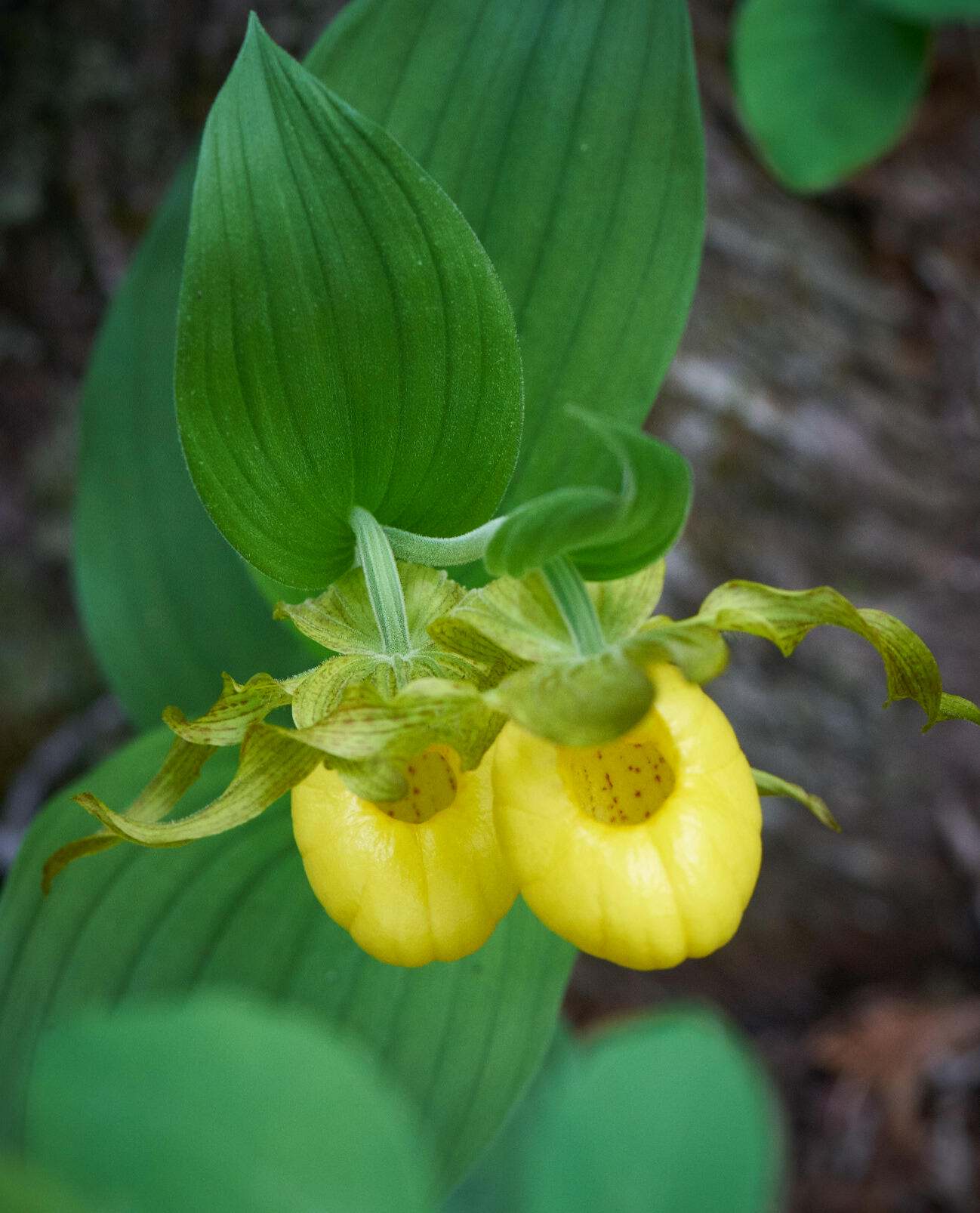
.JPG)
